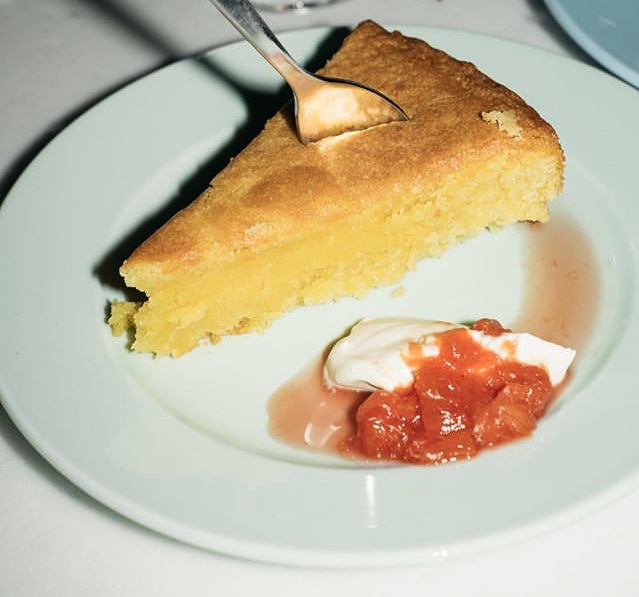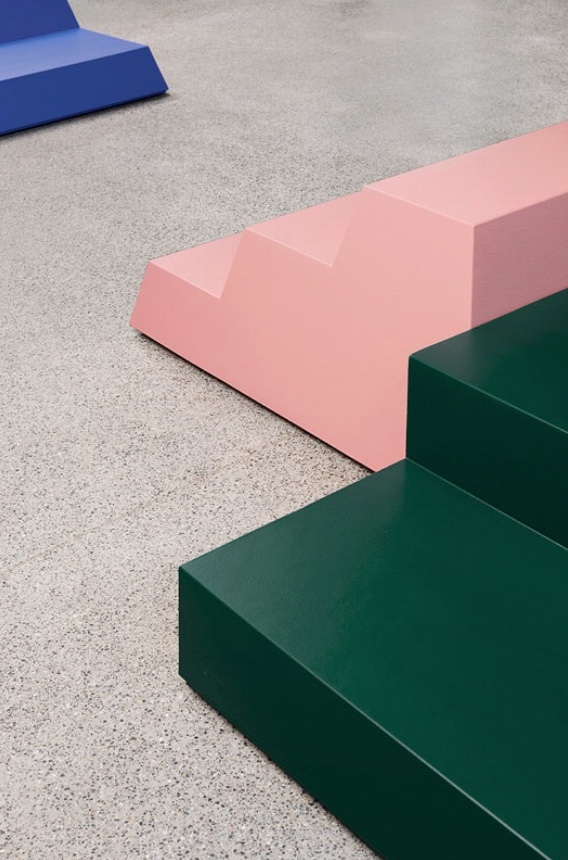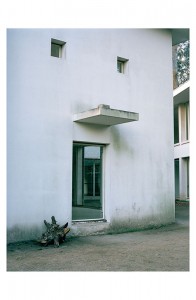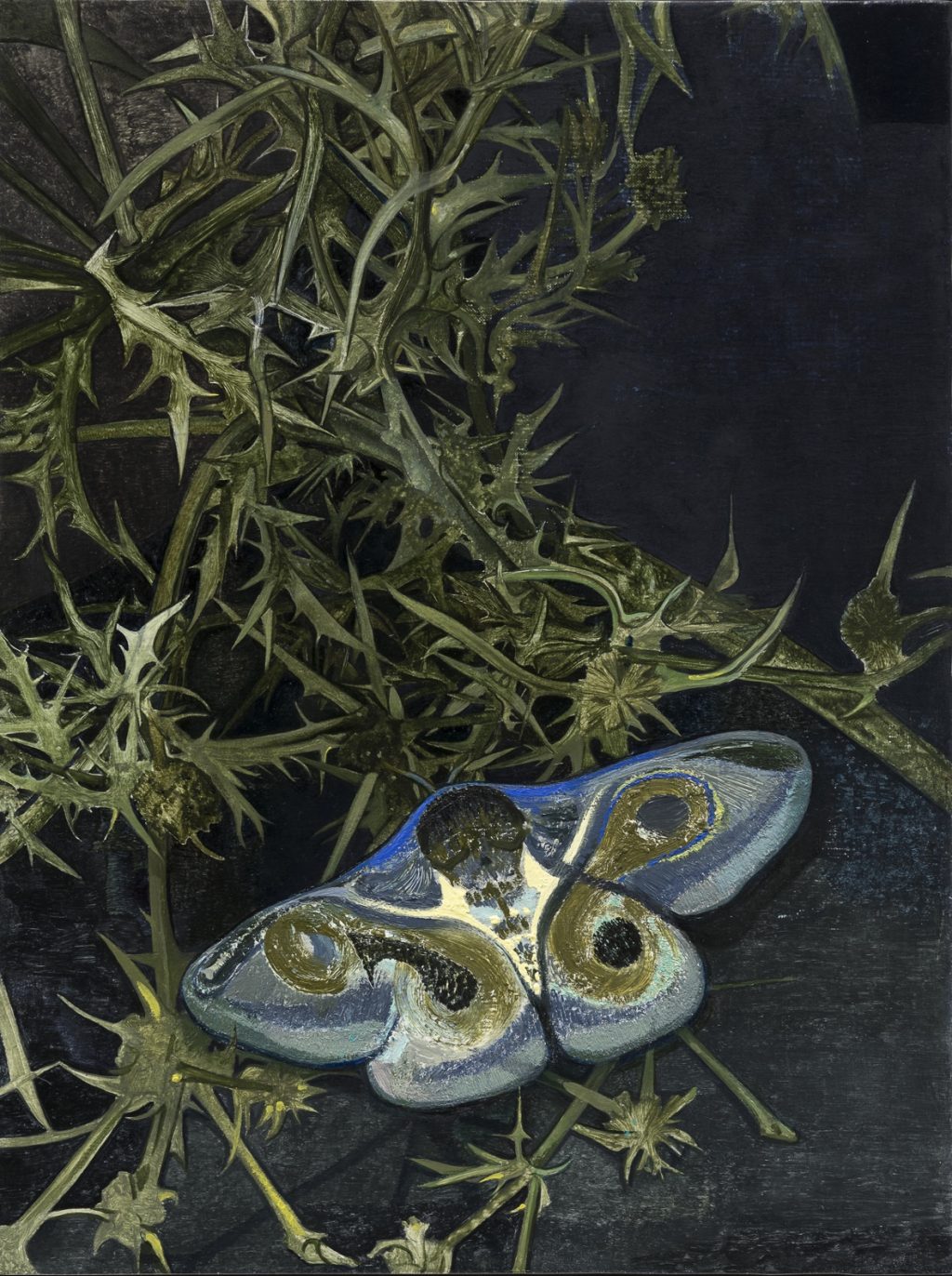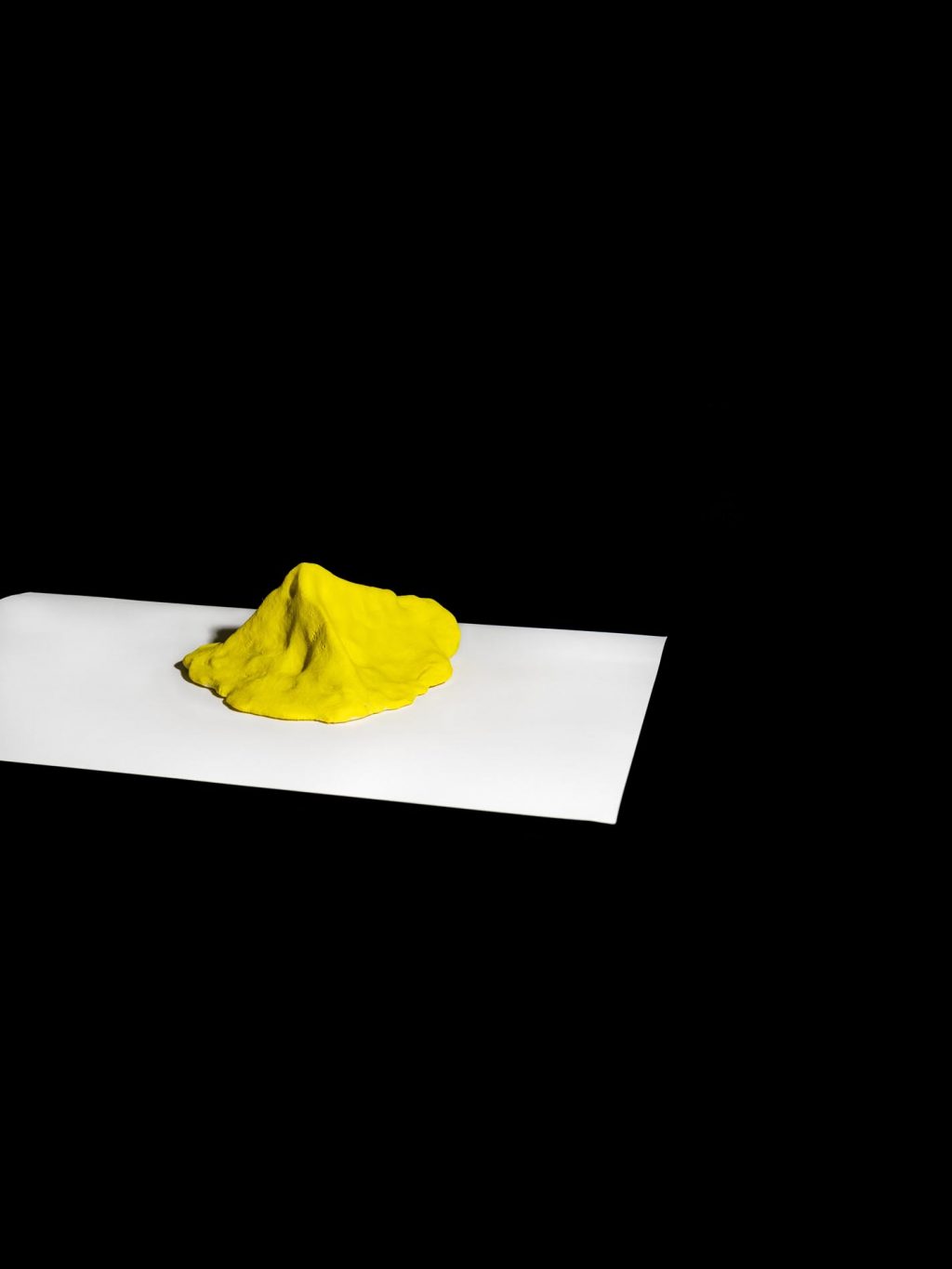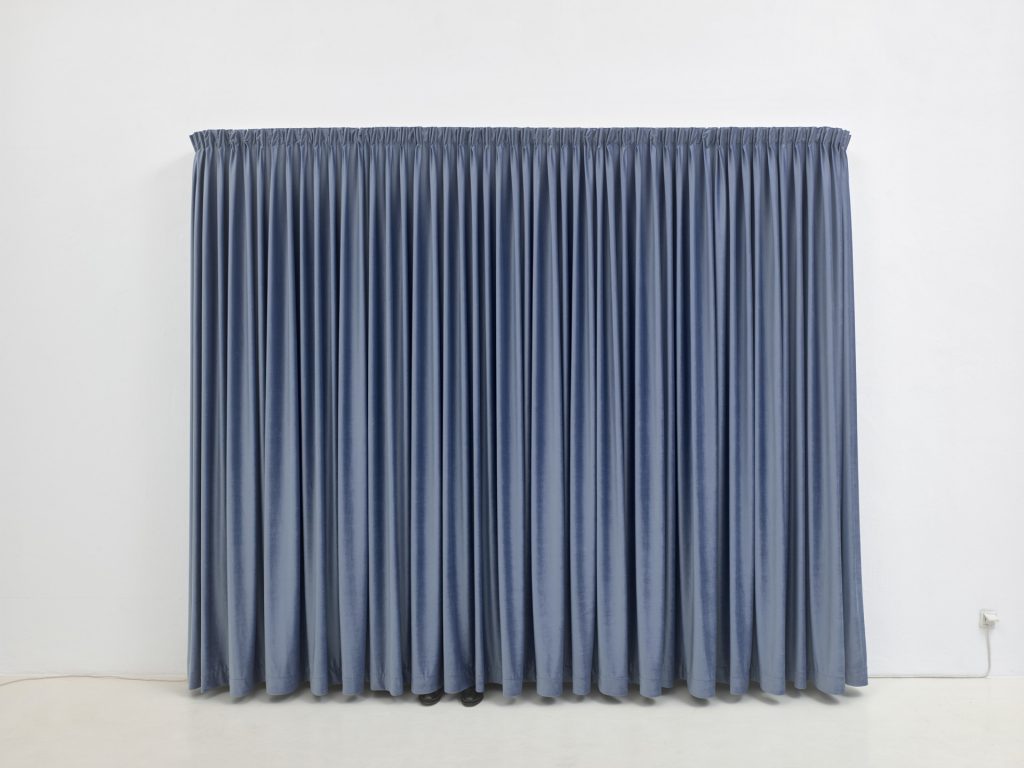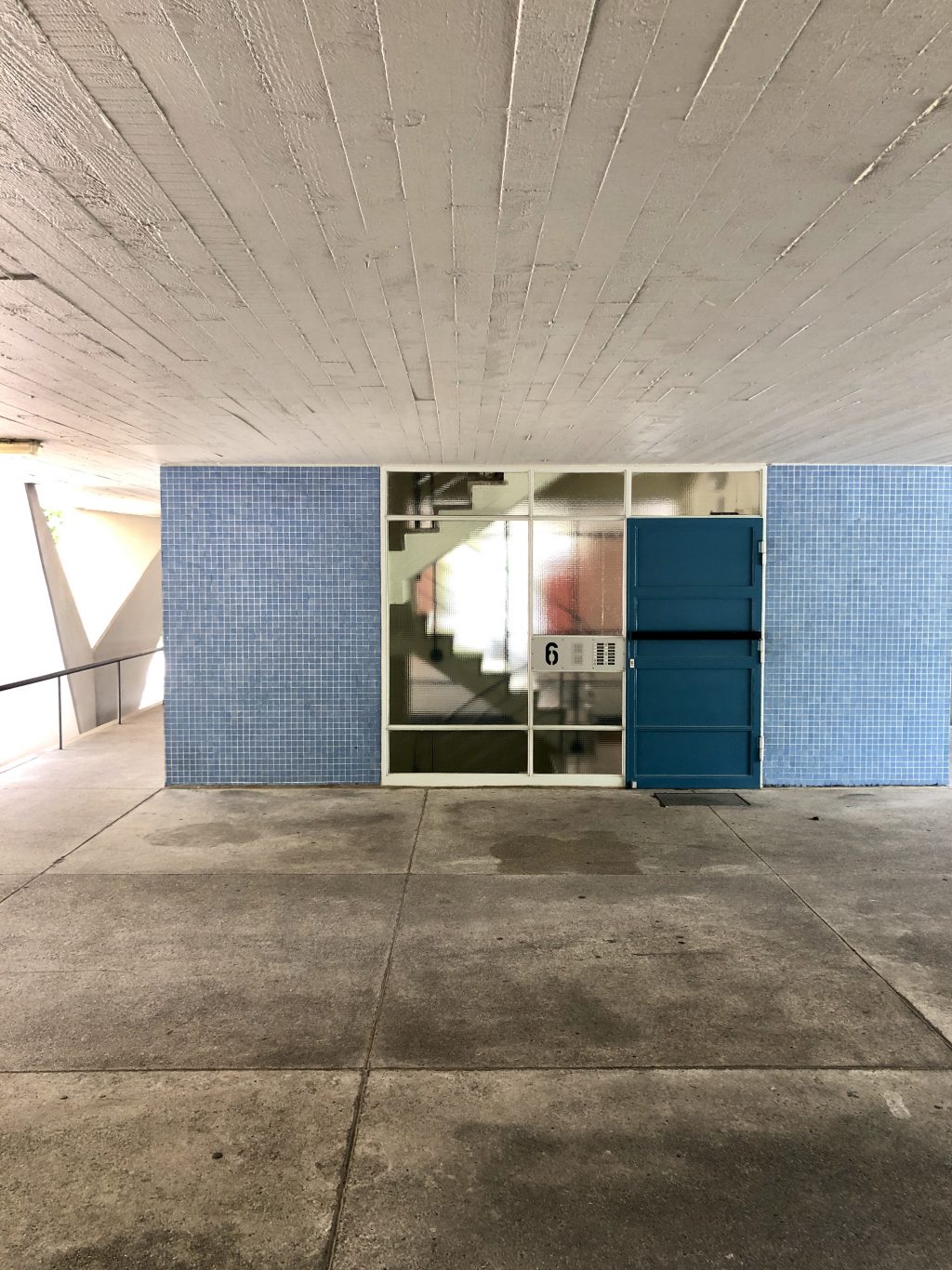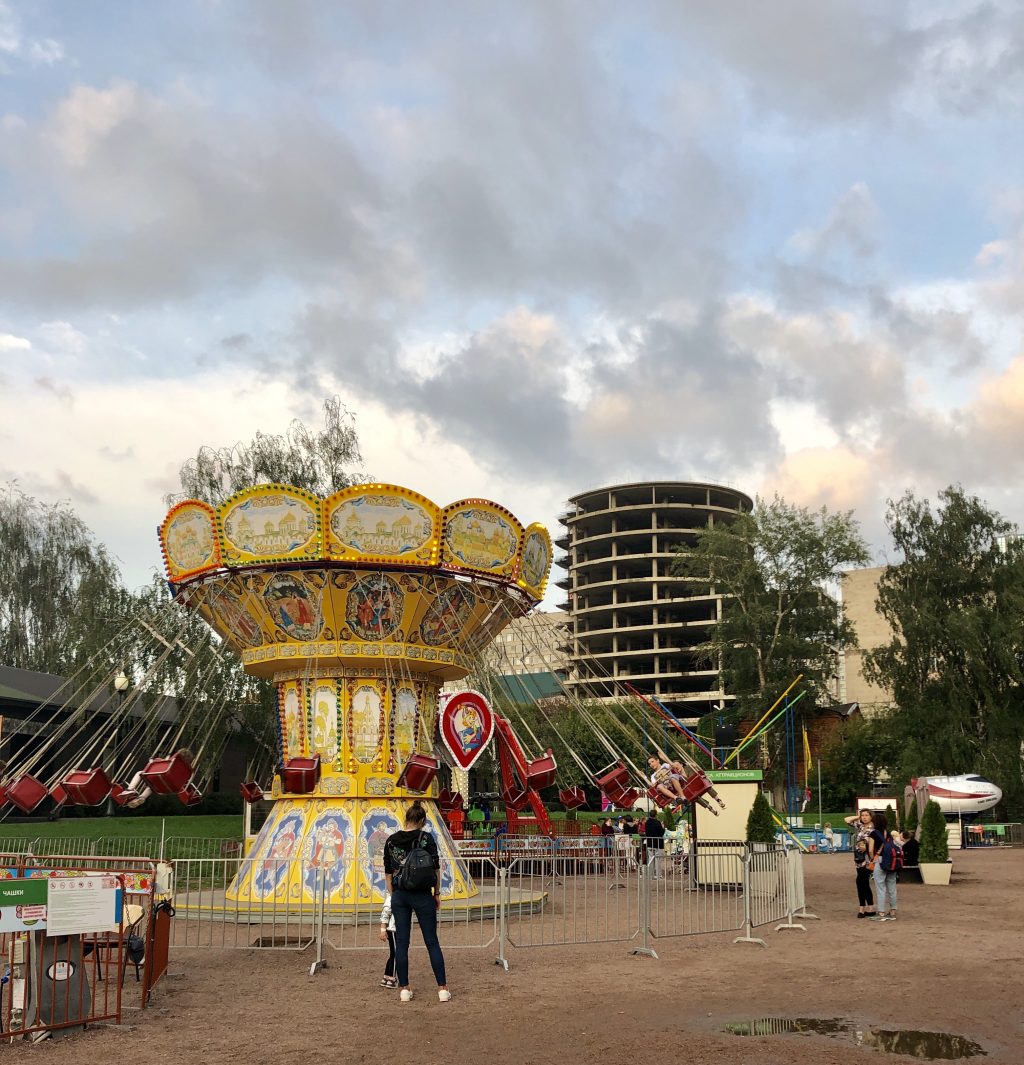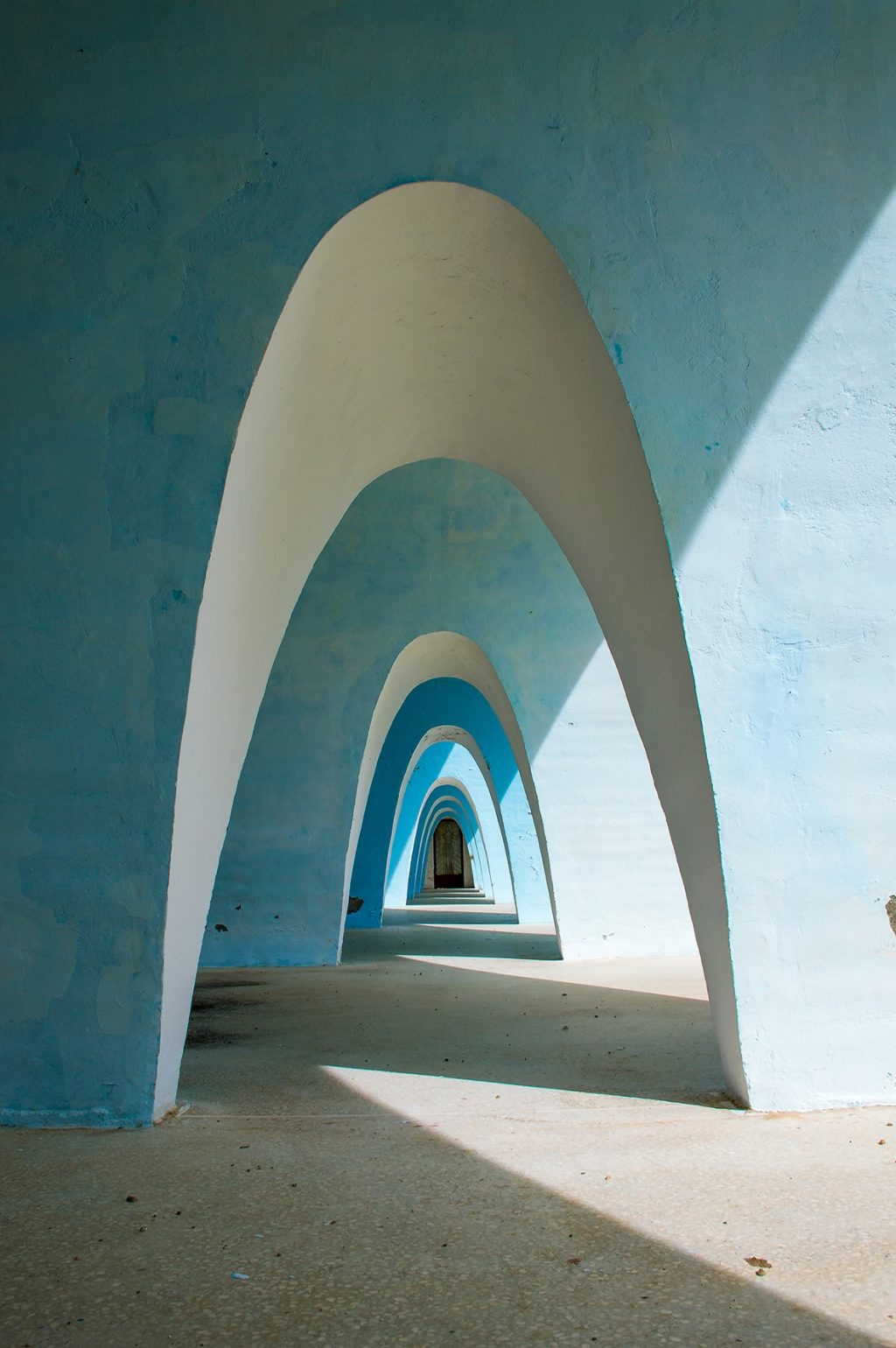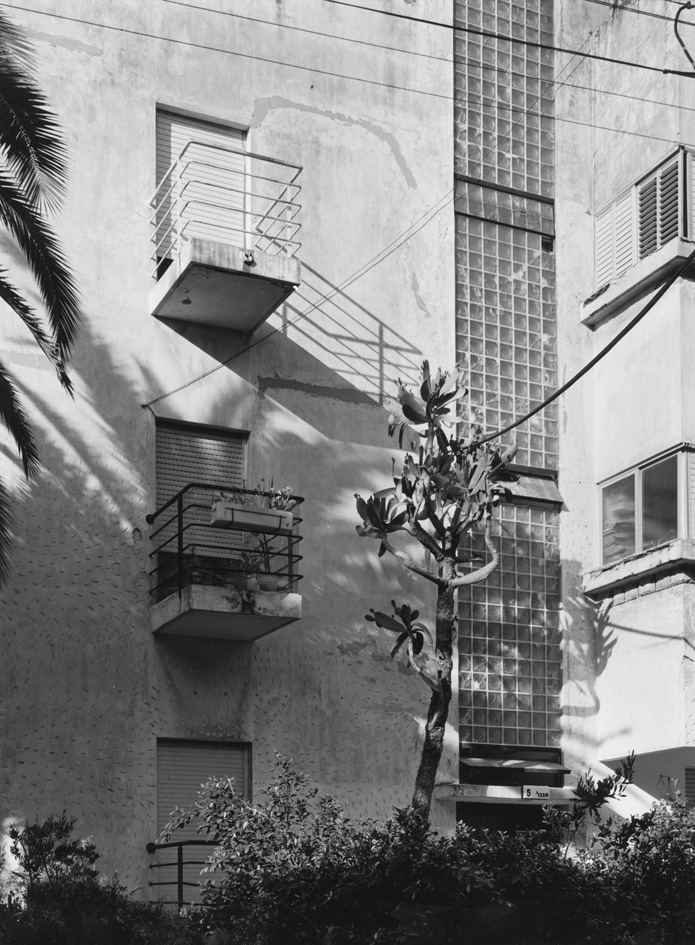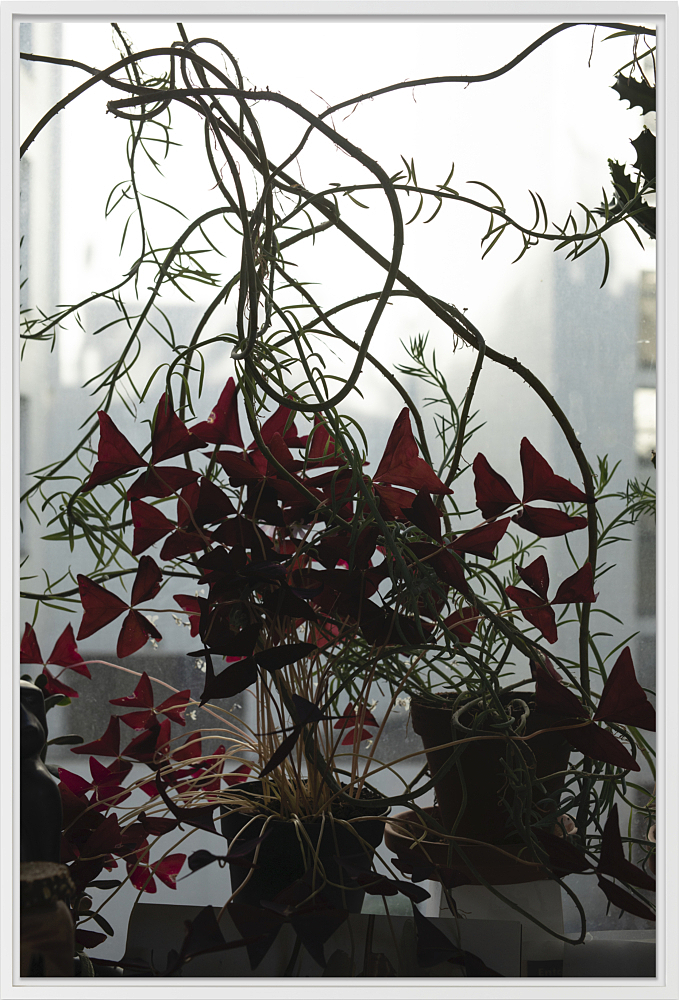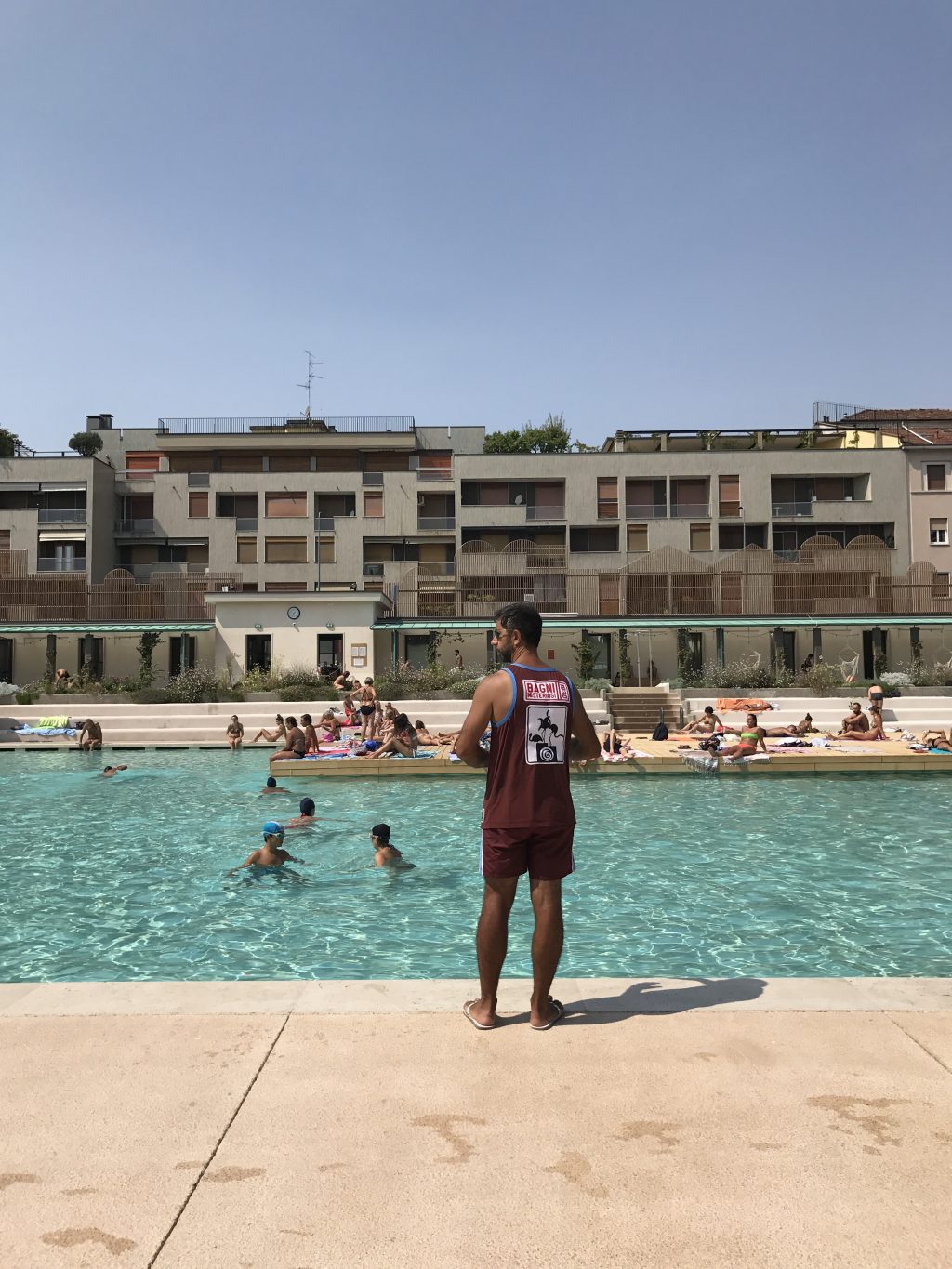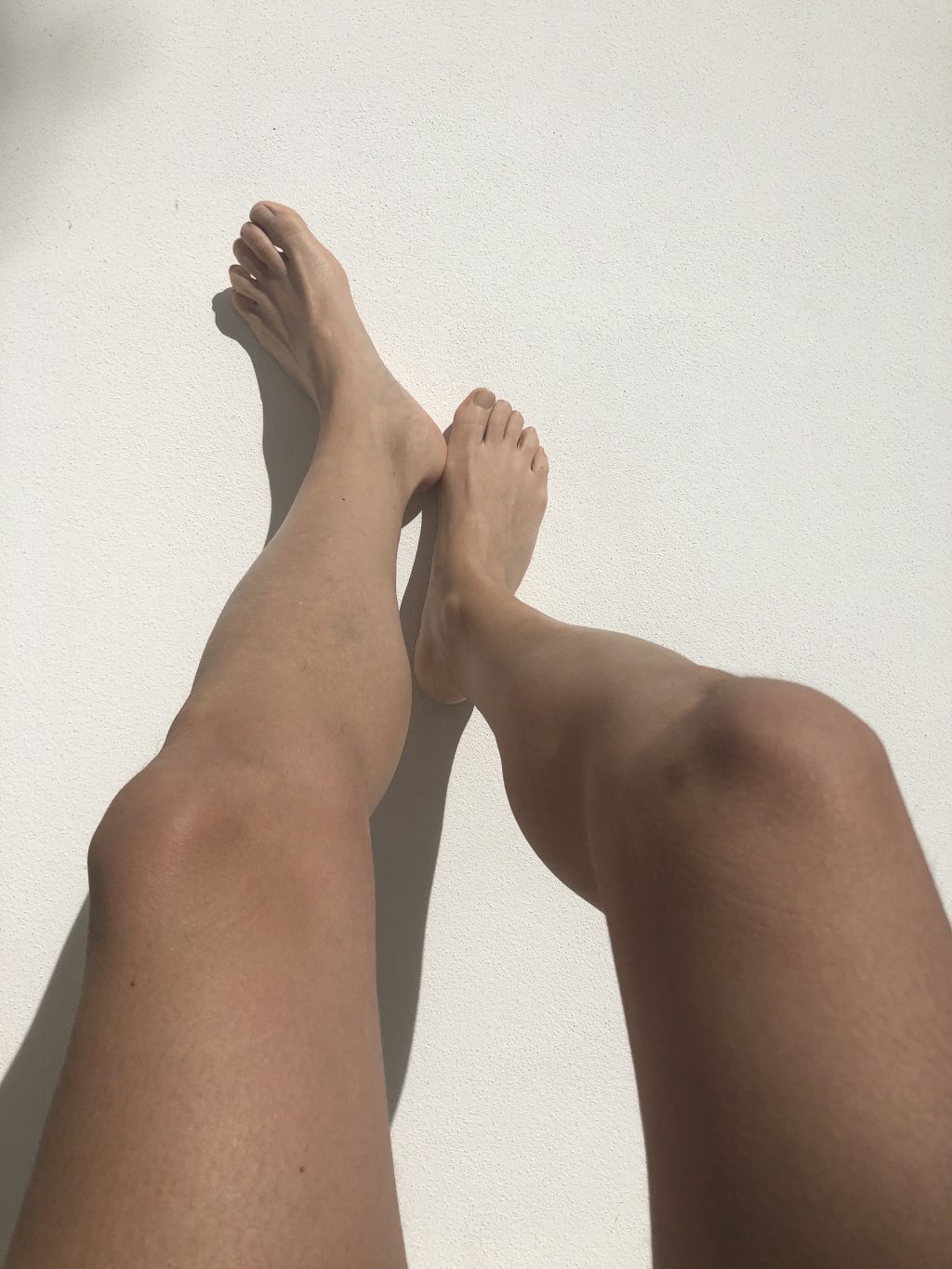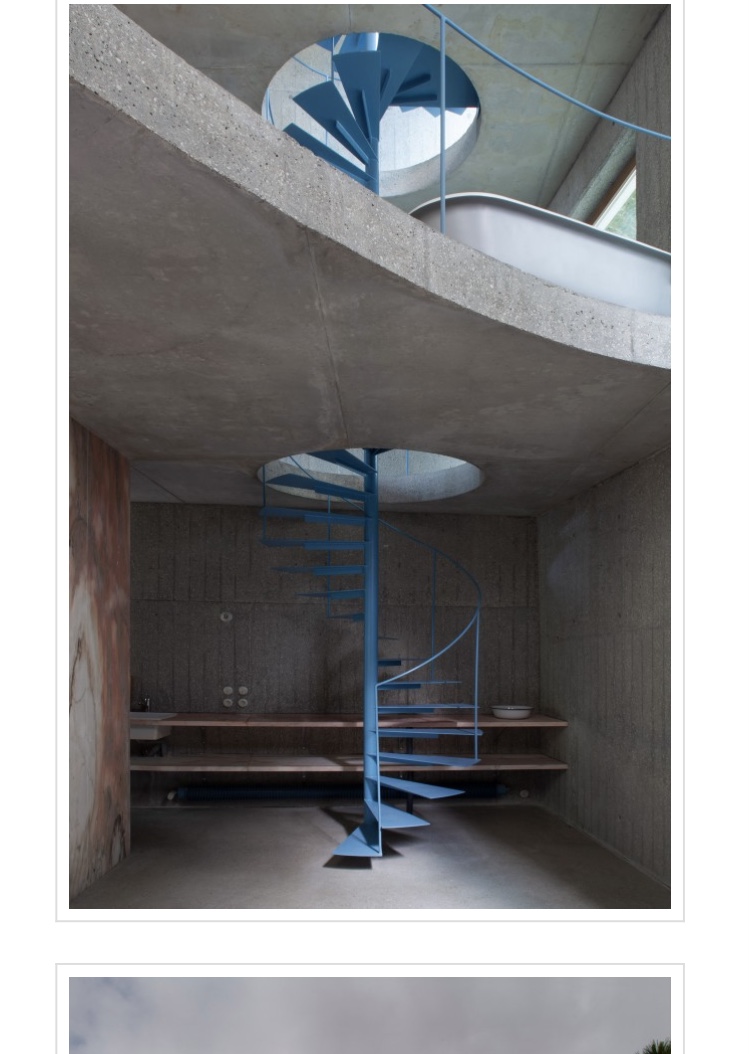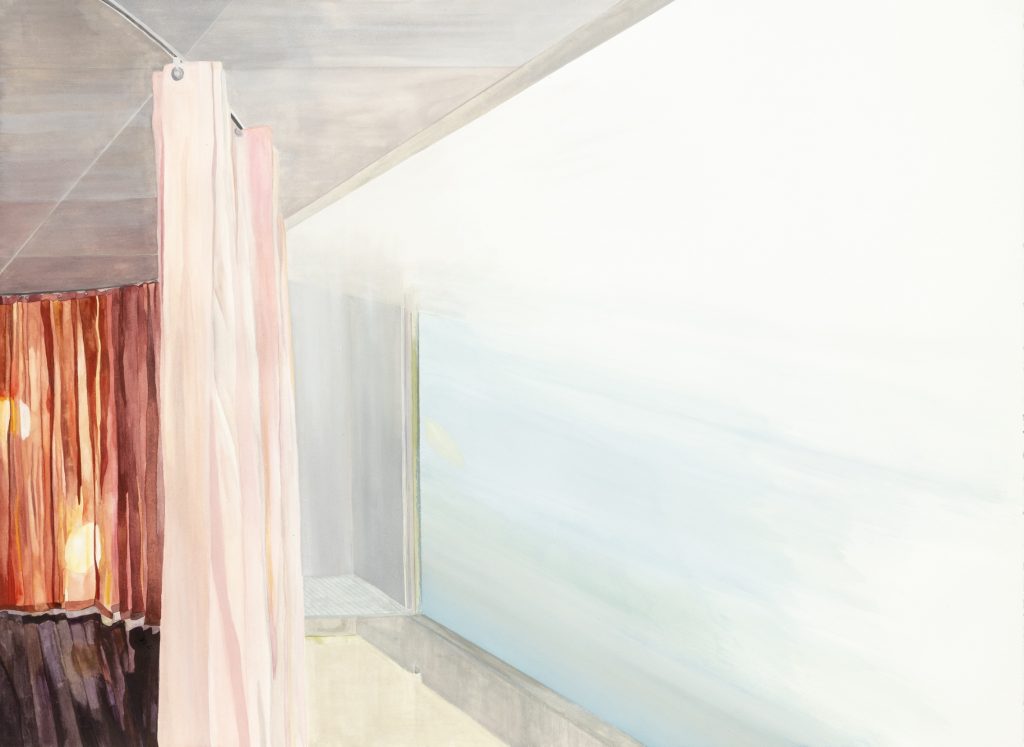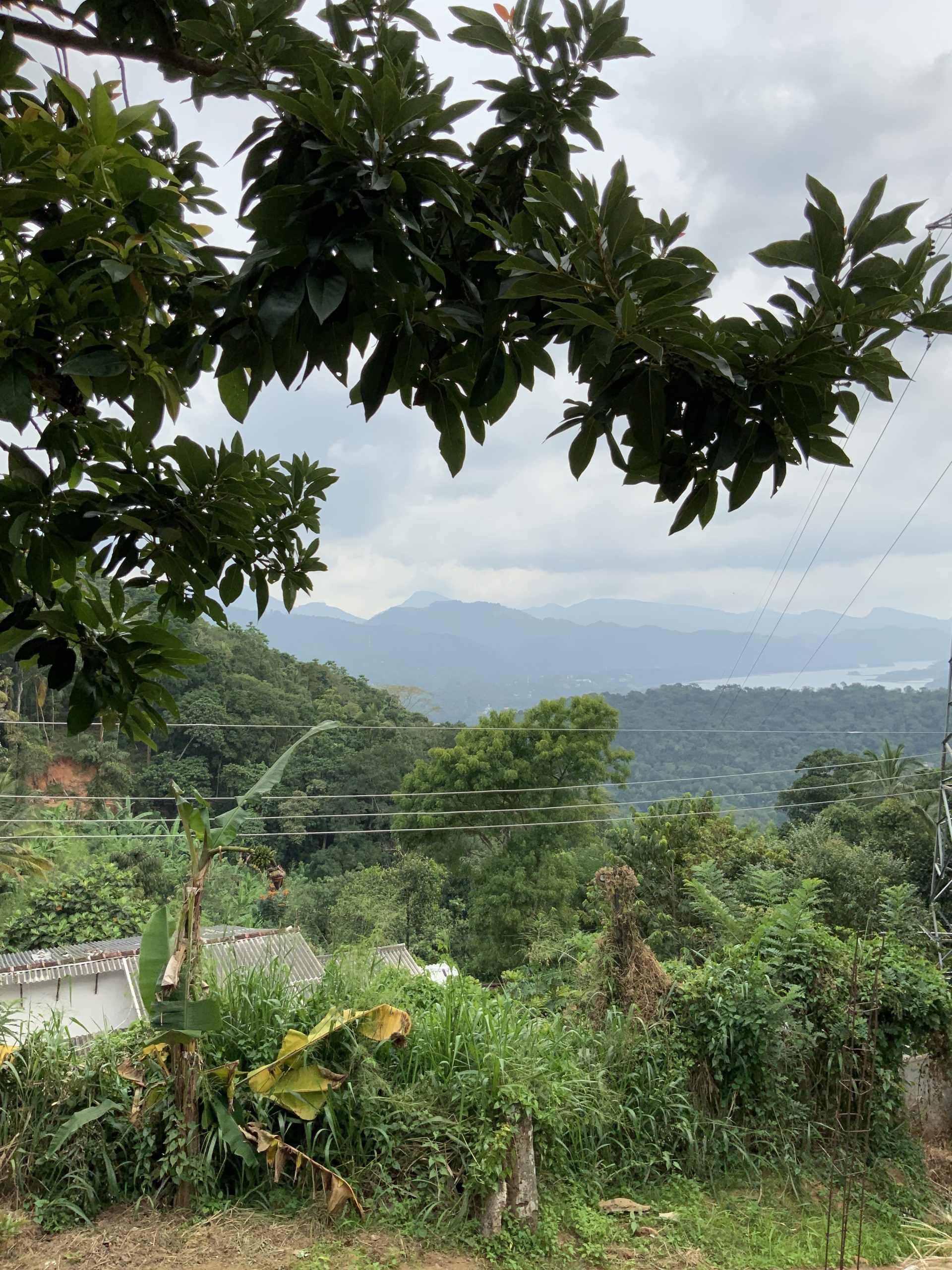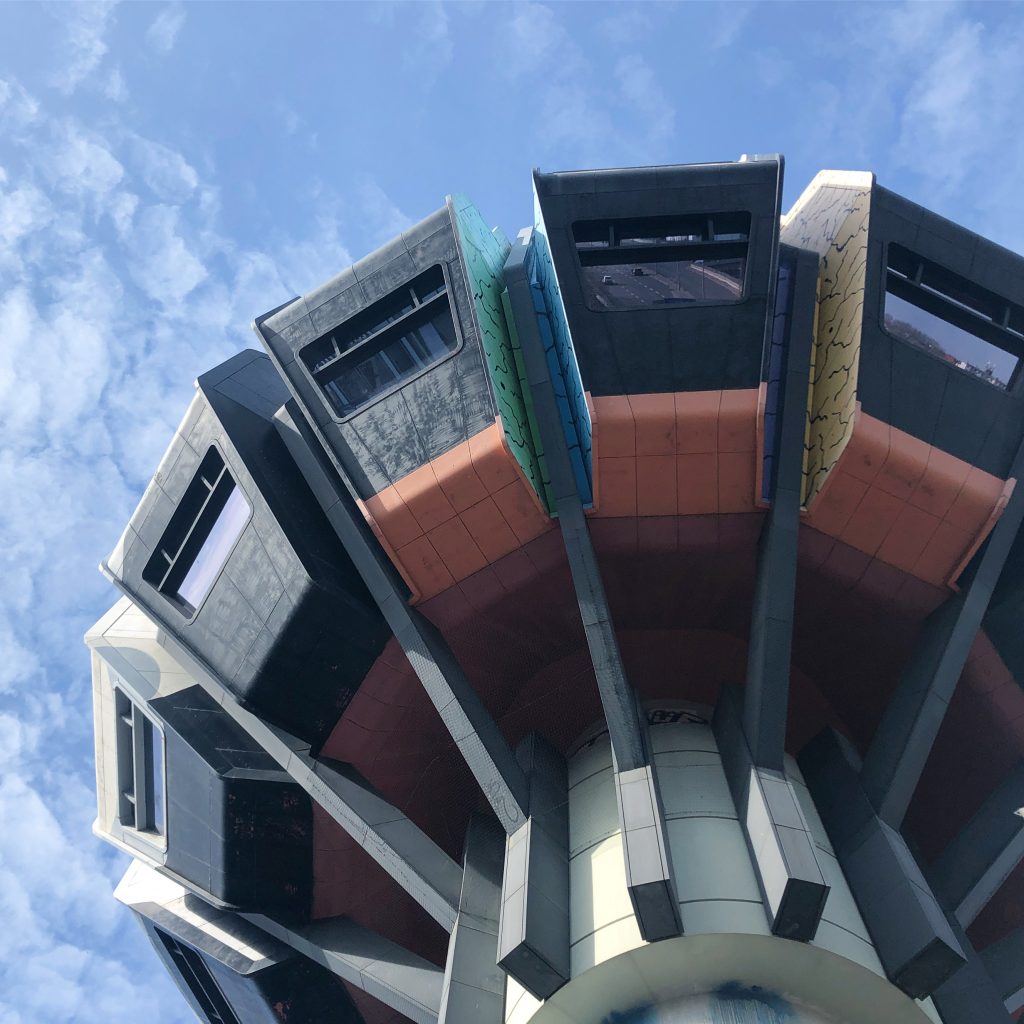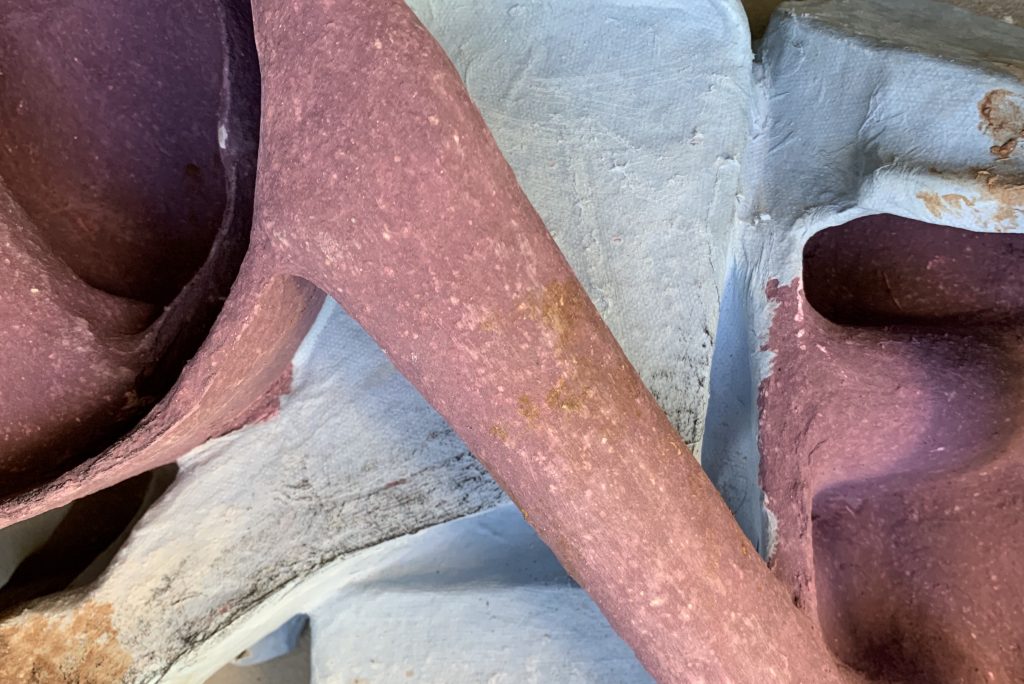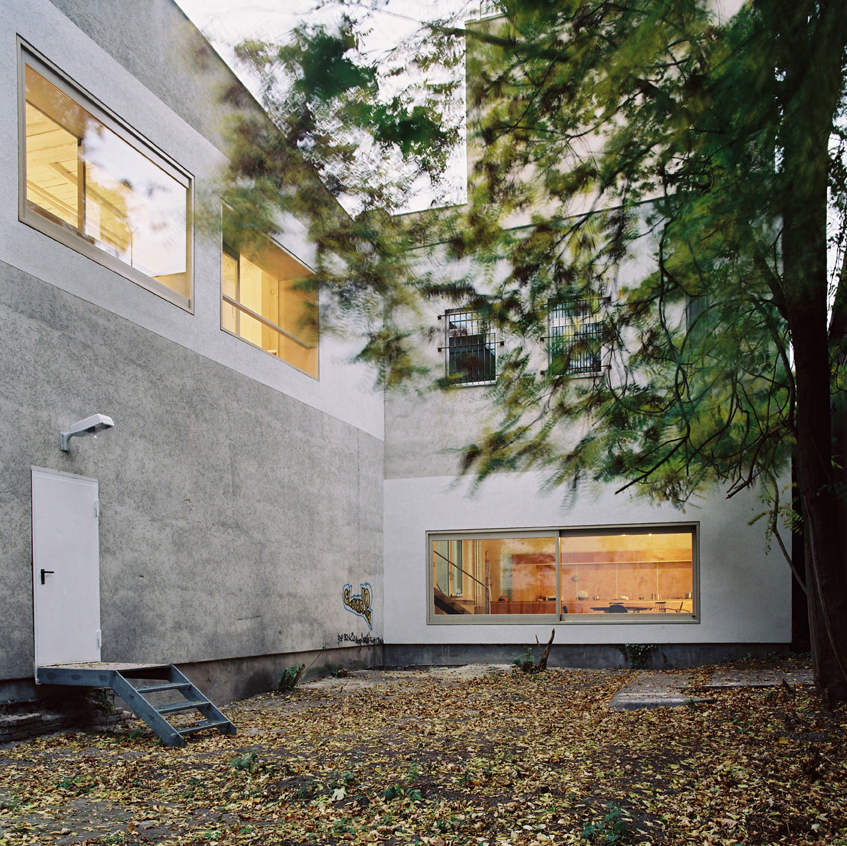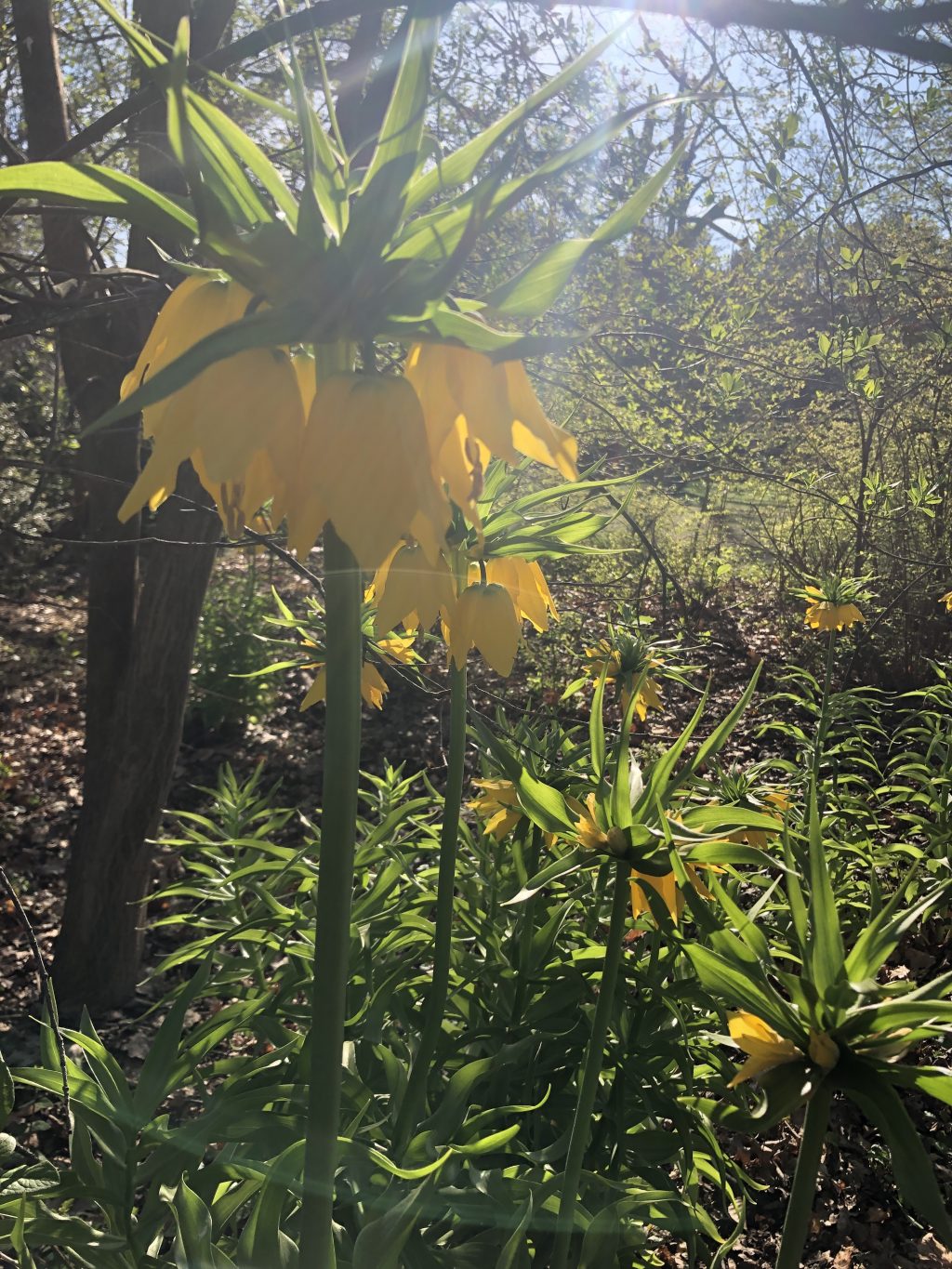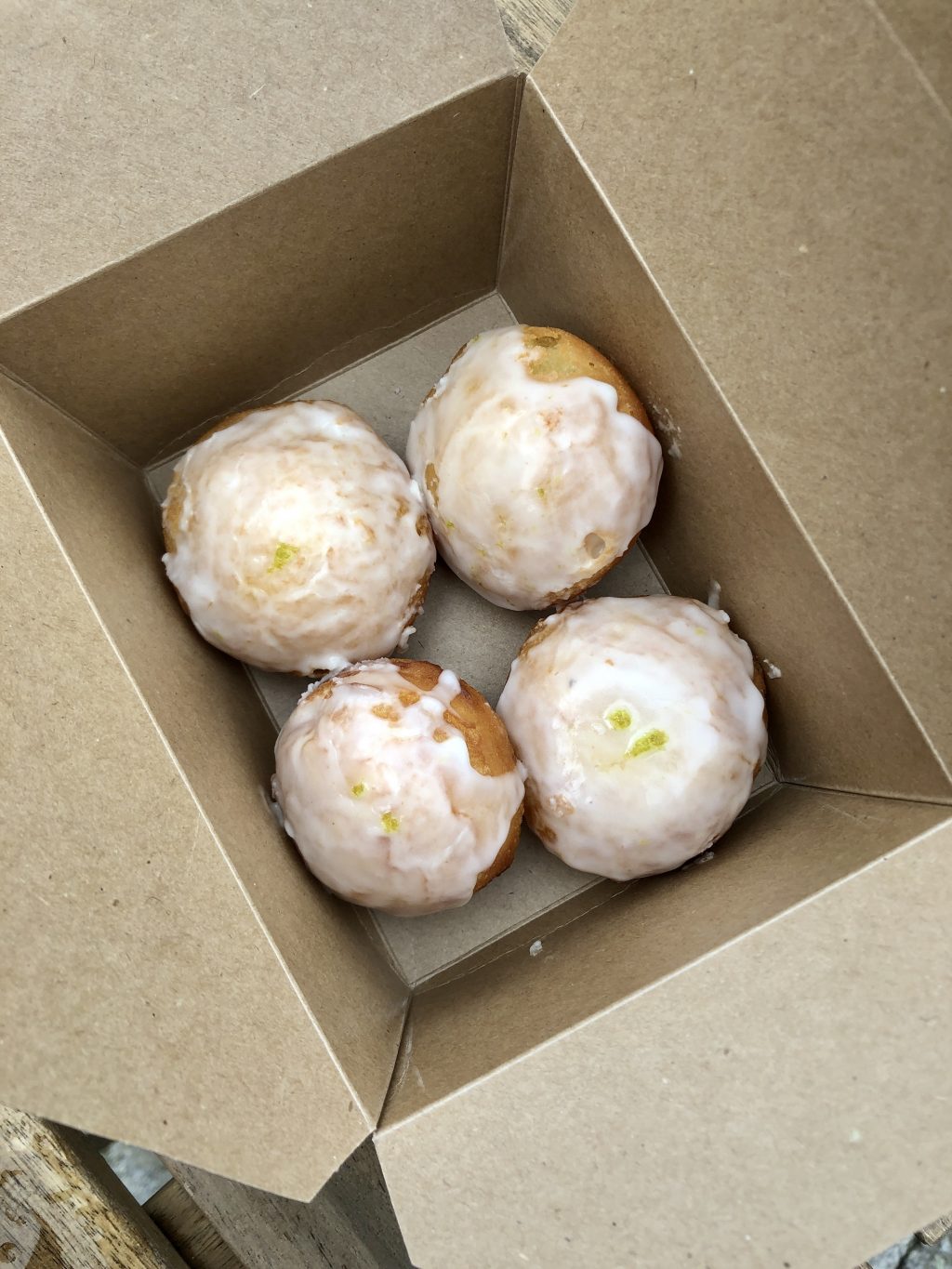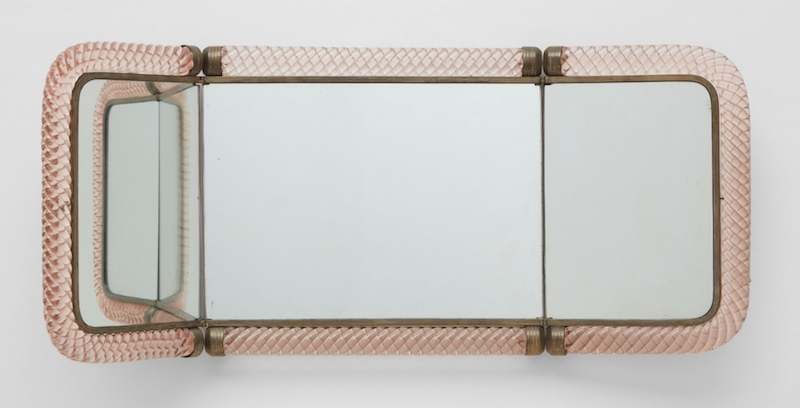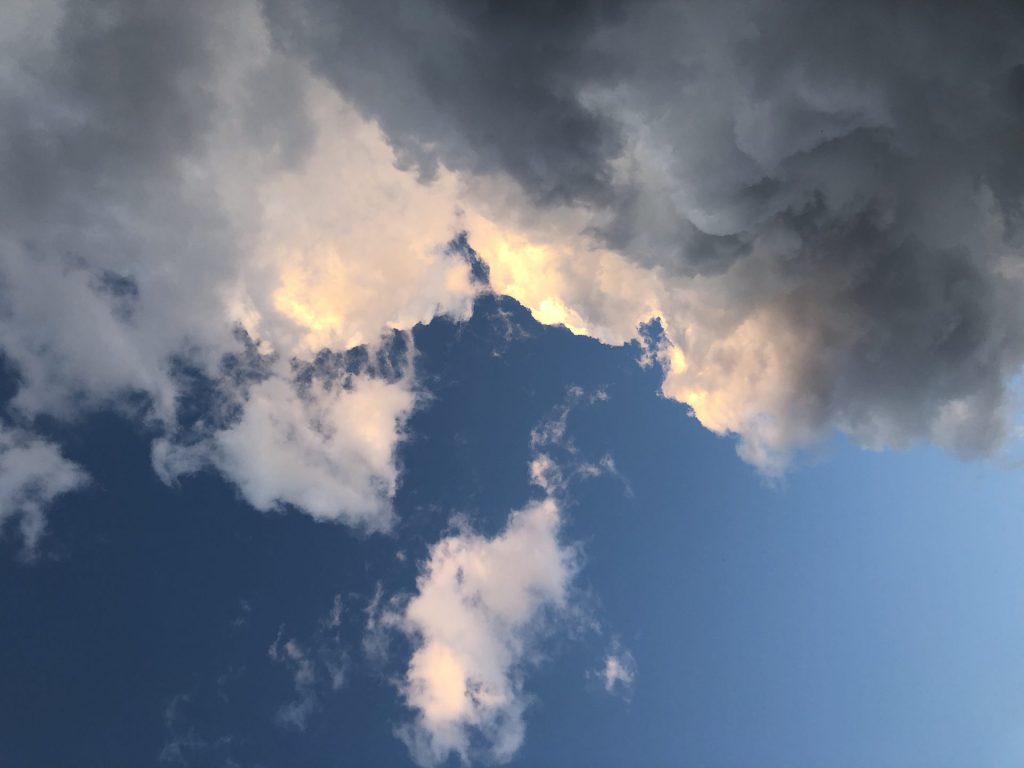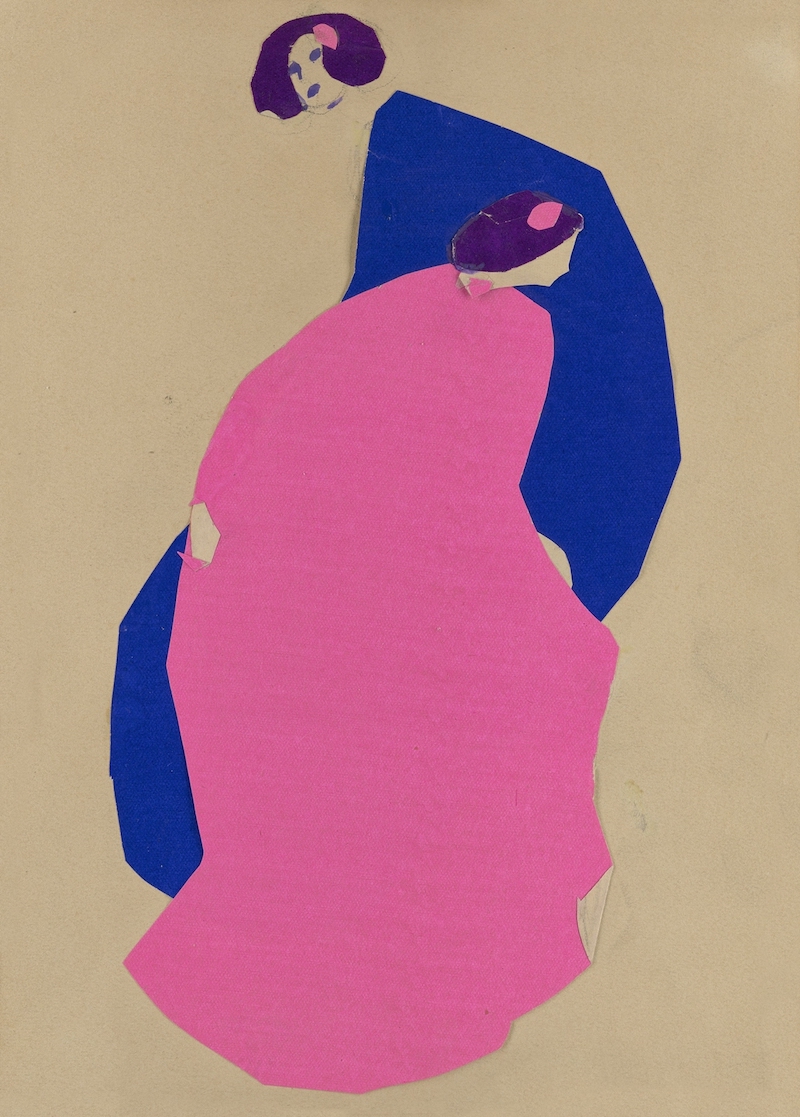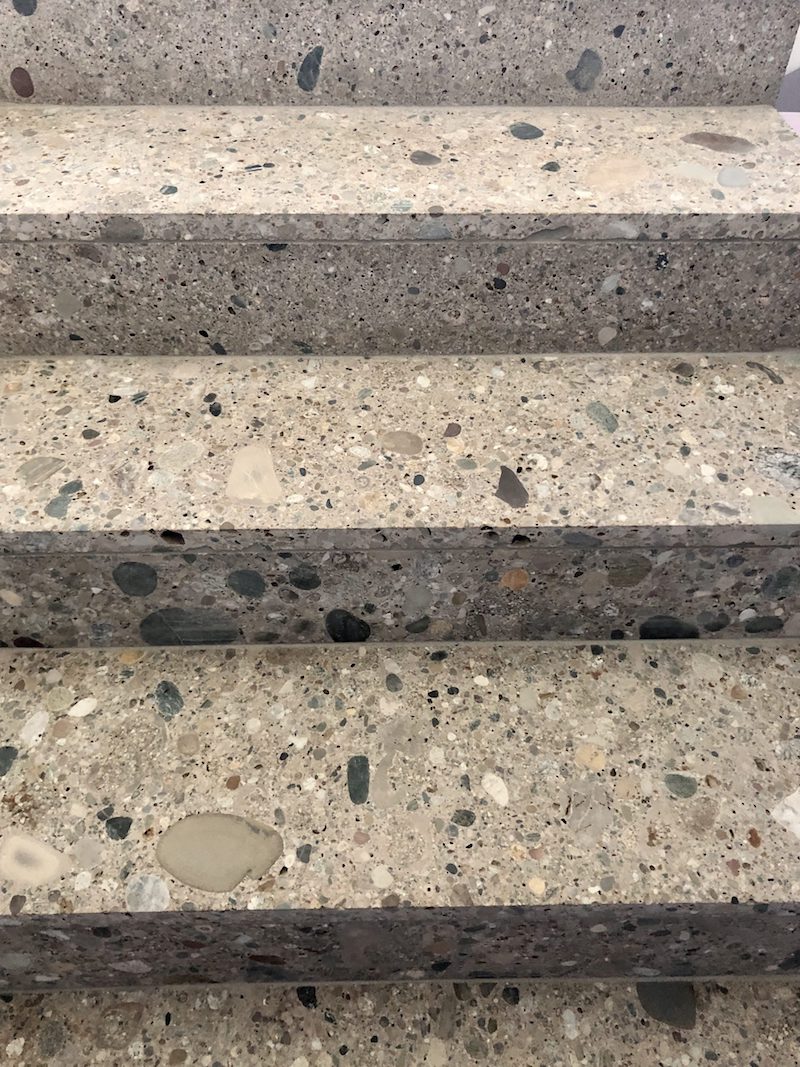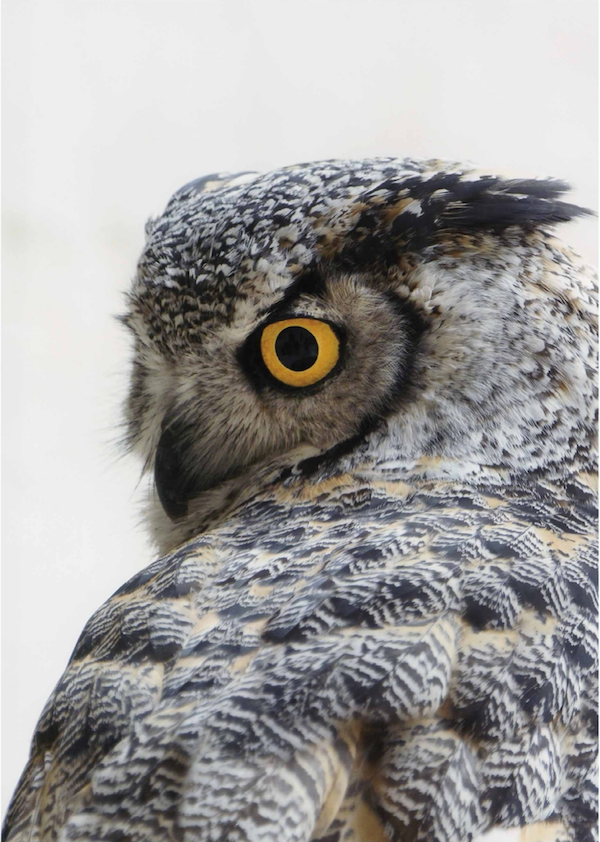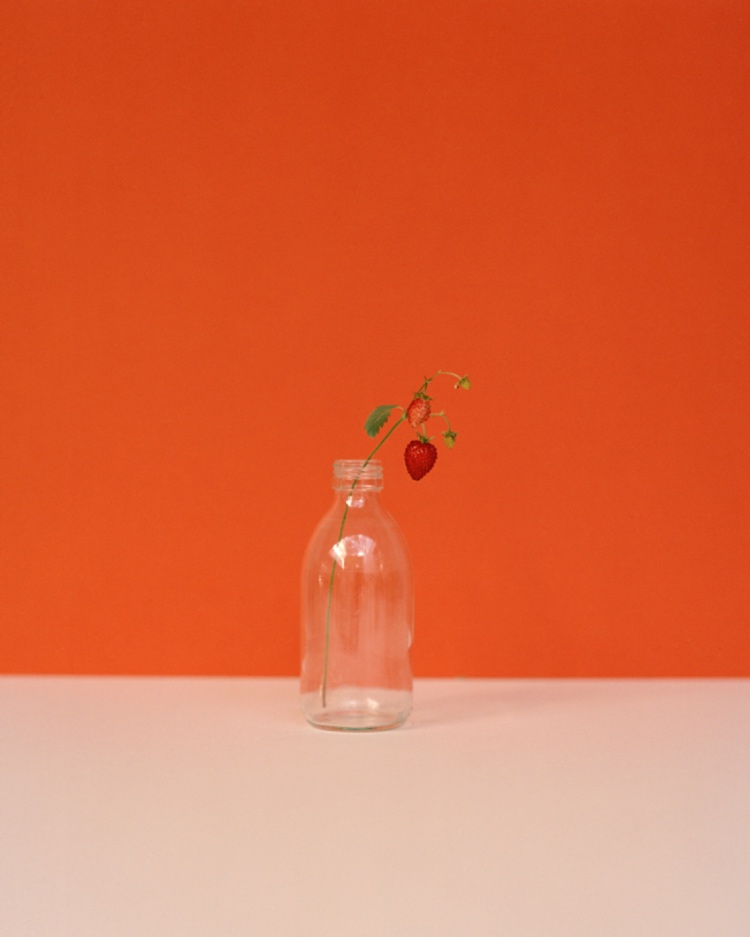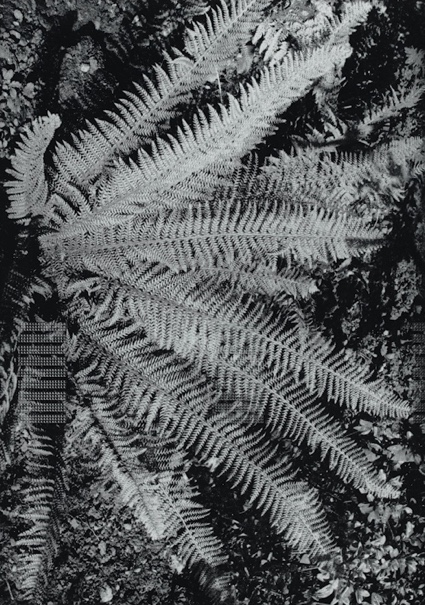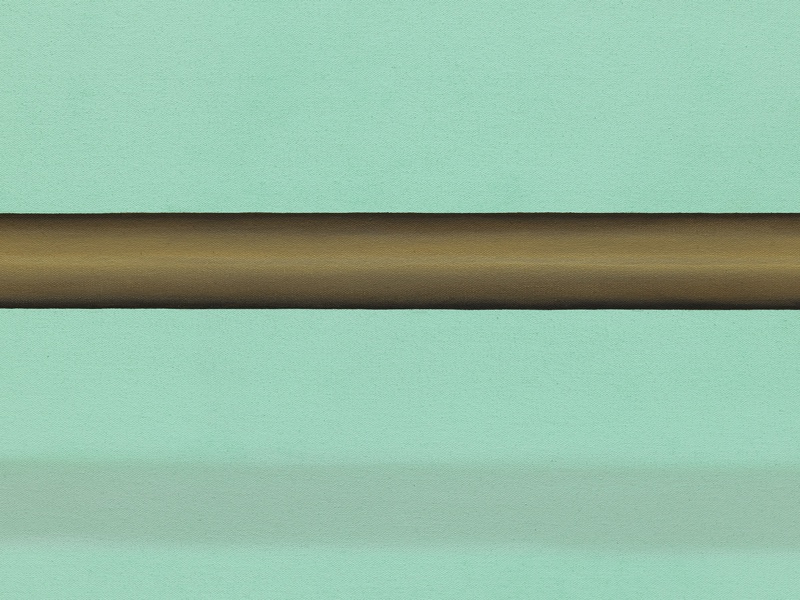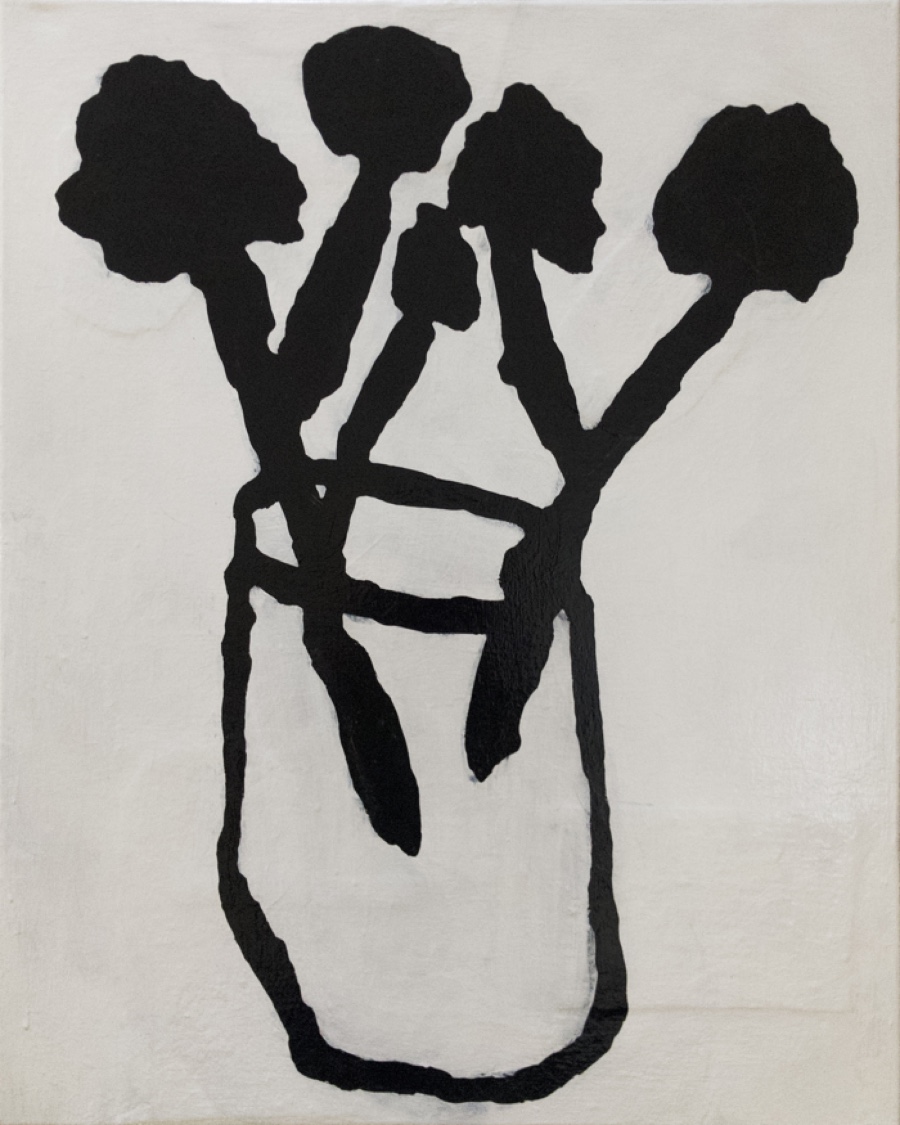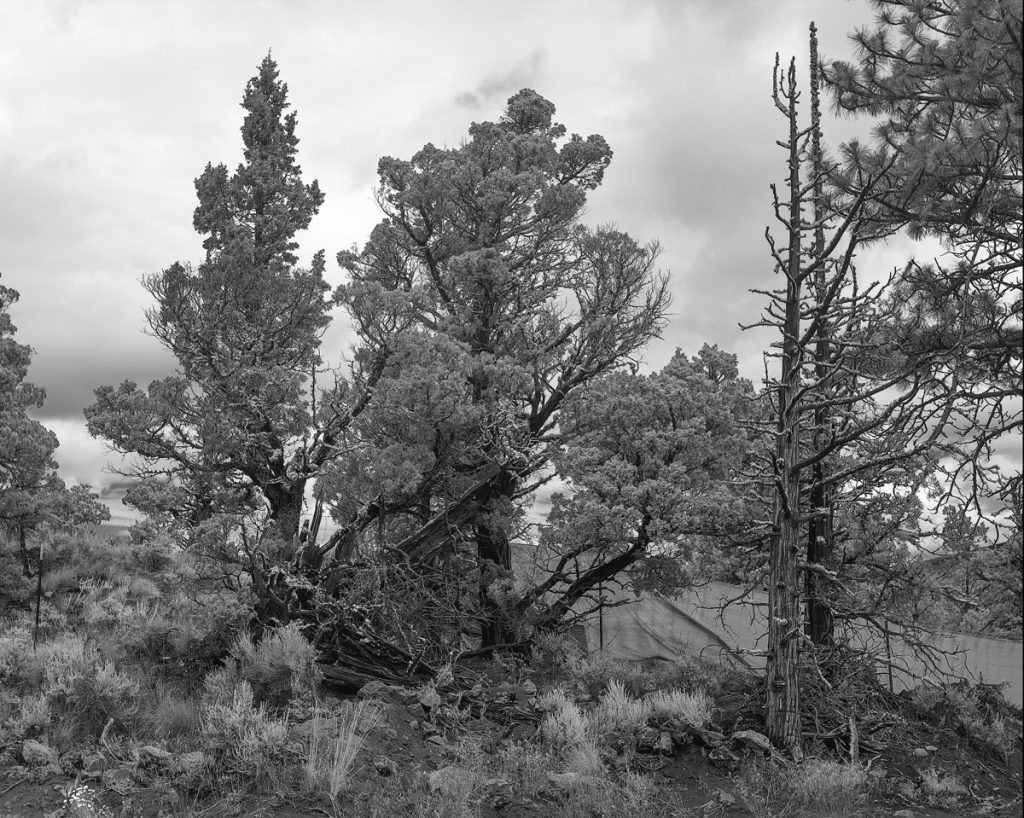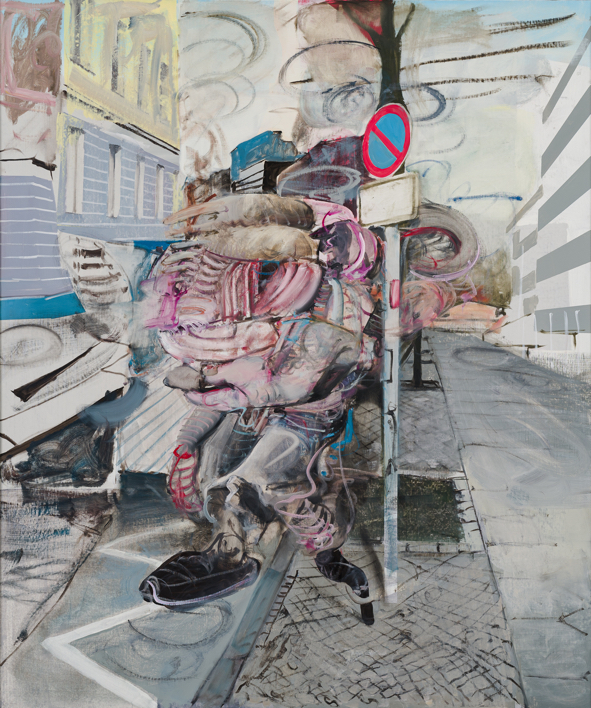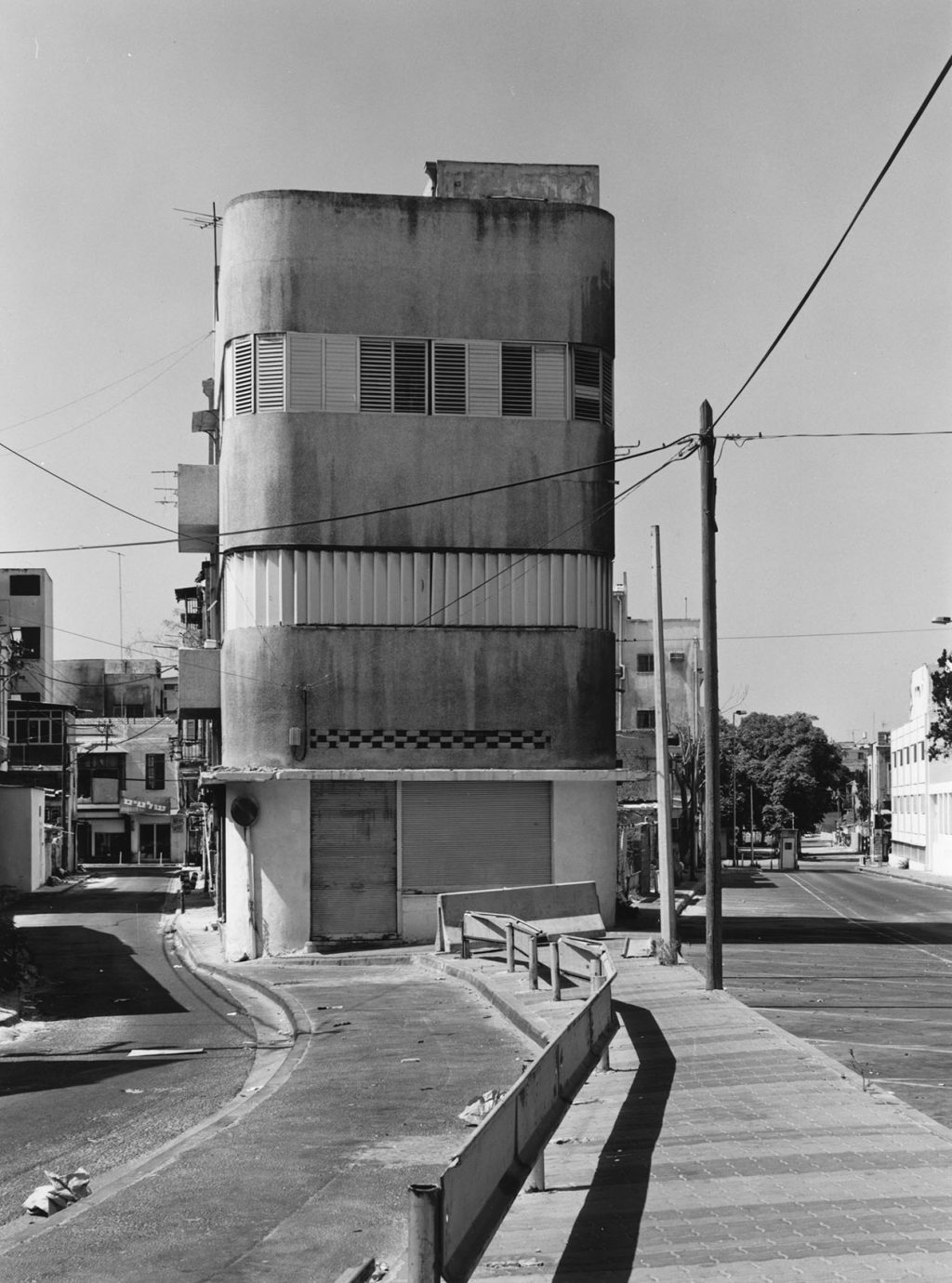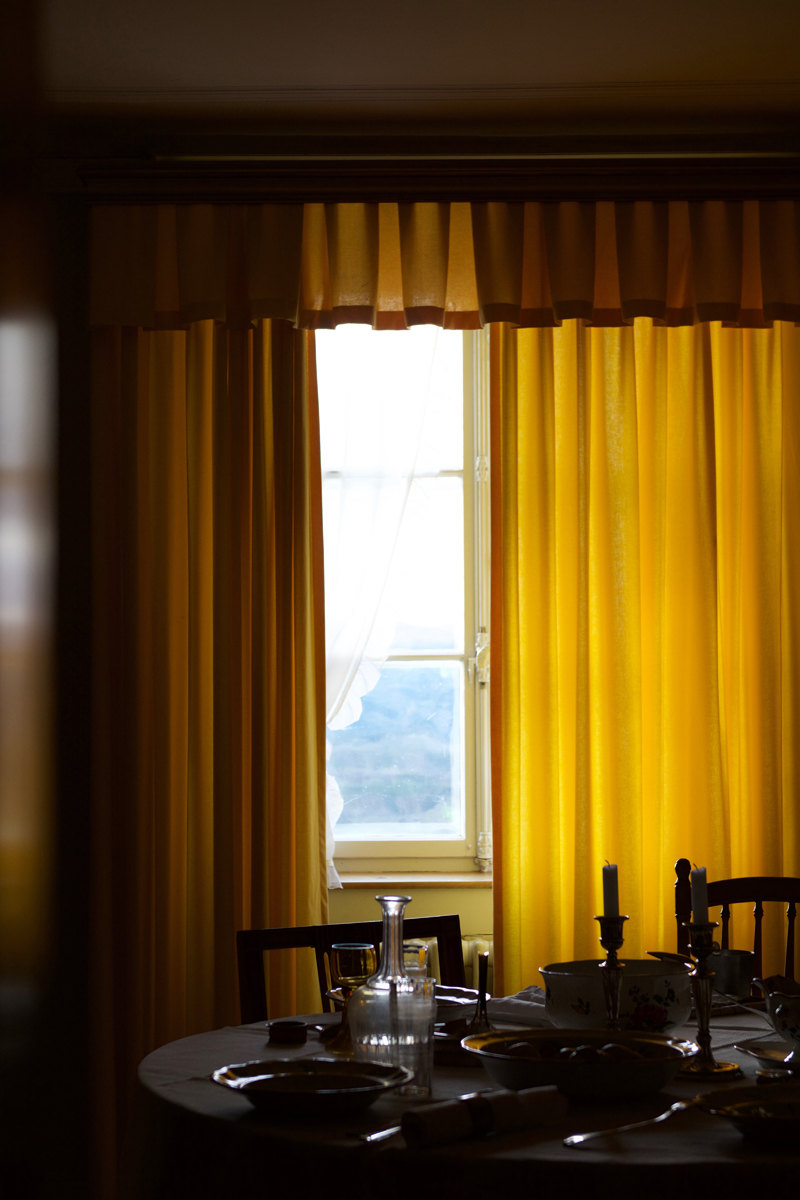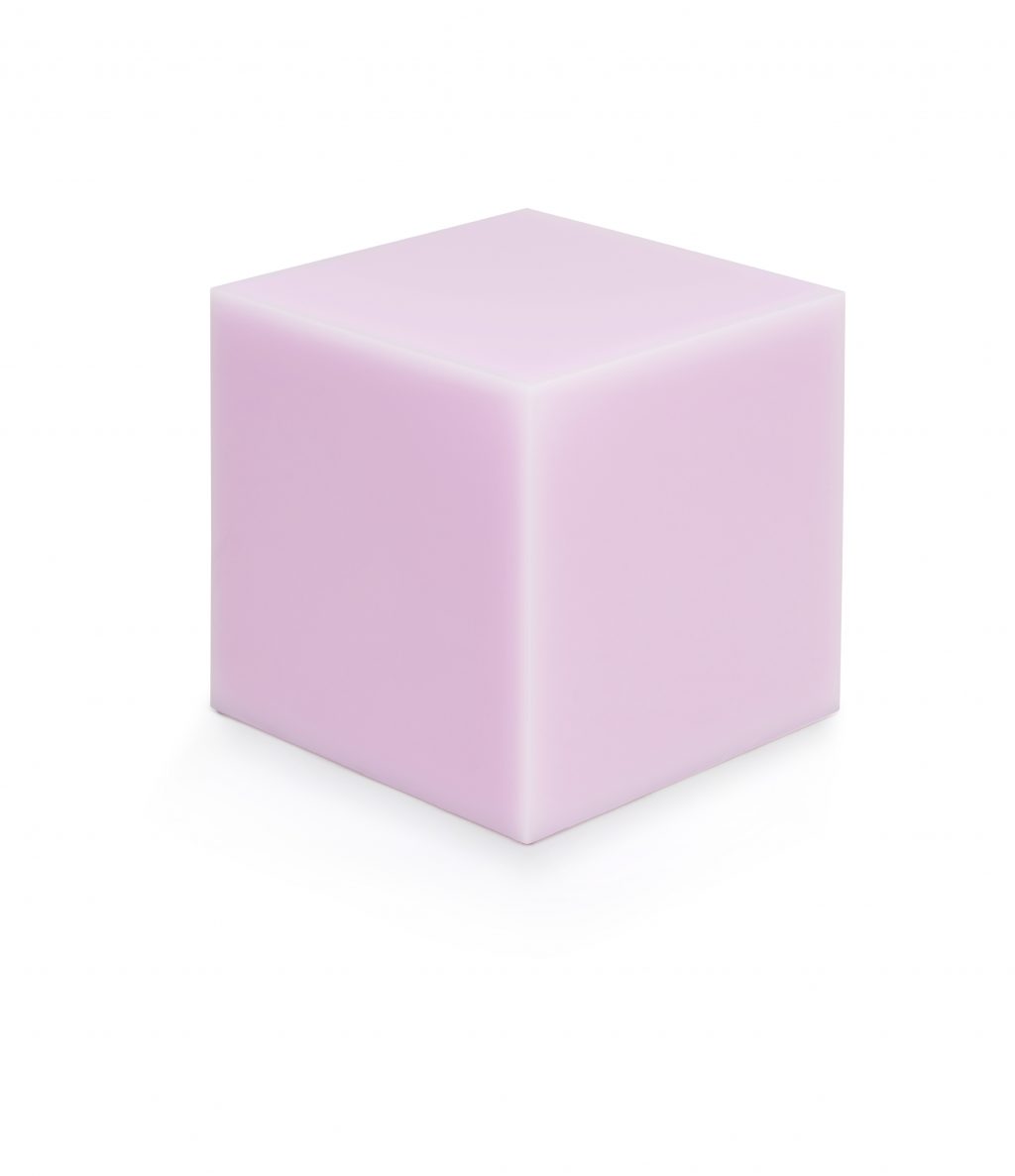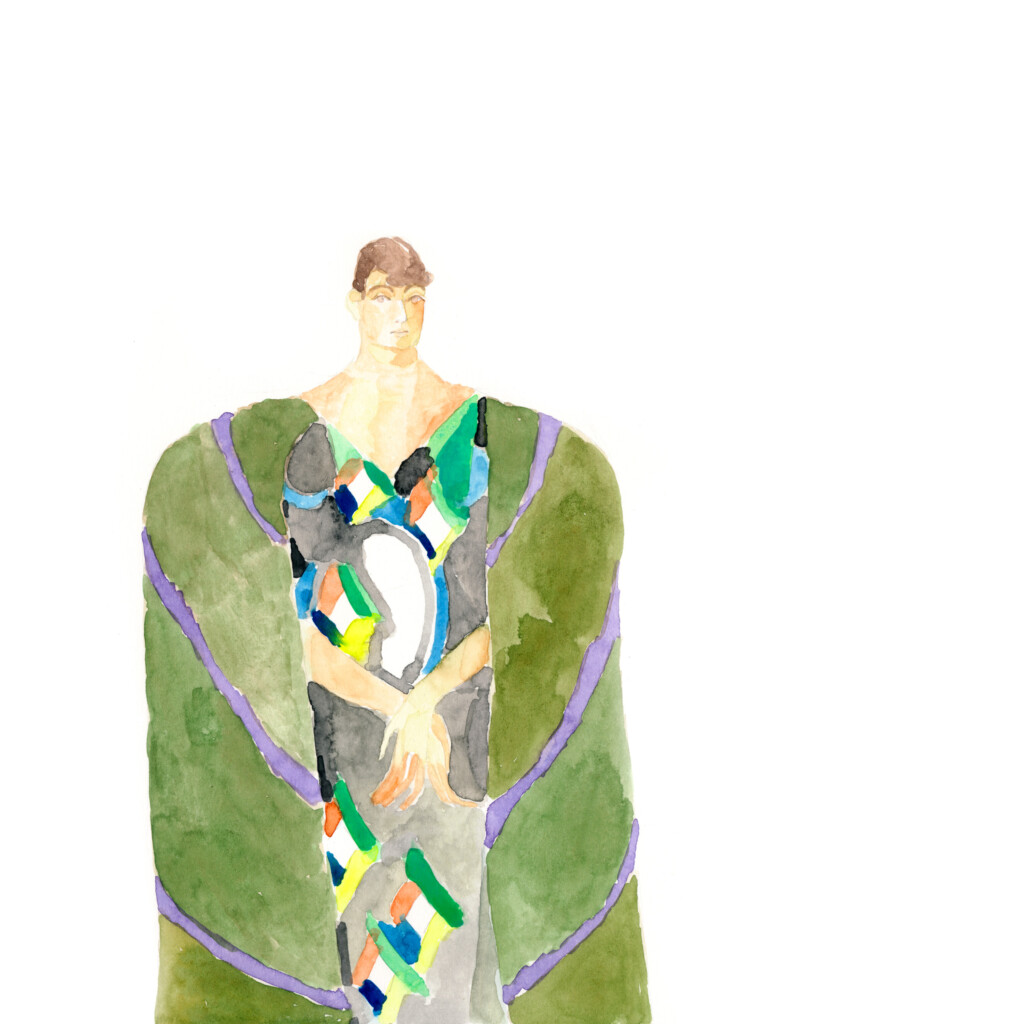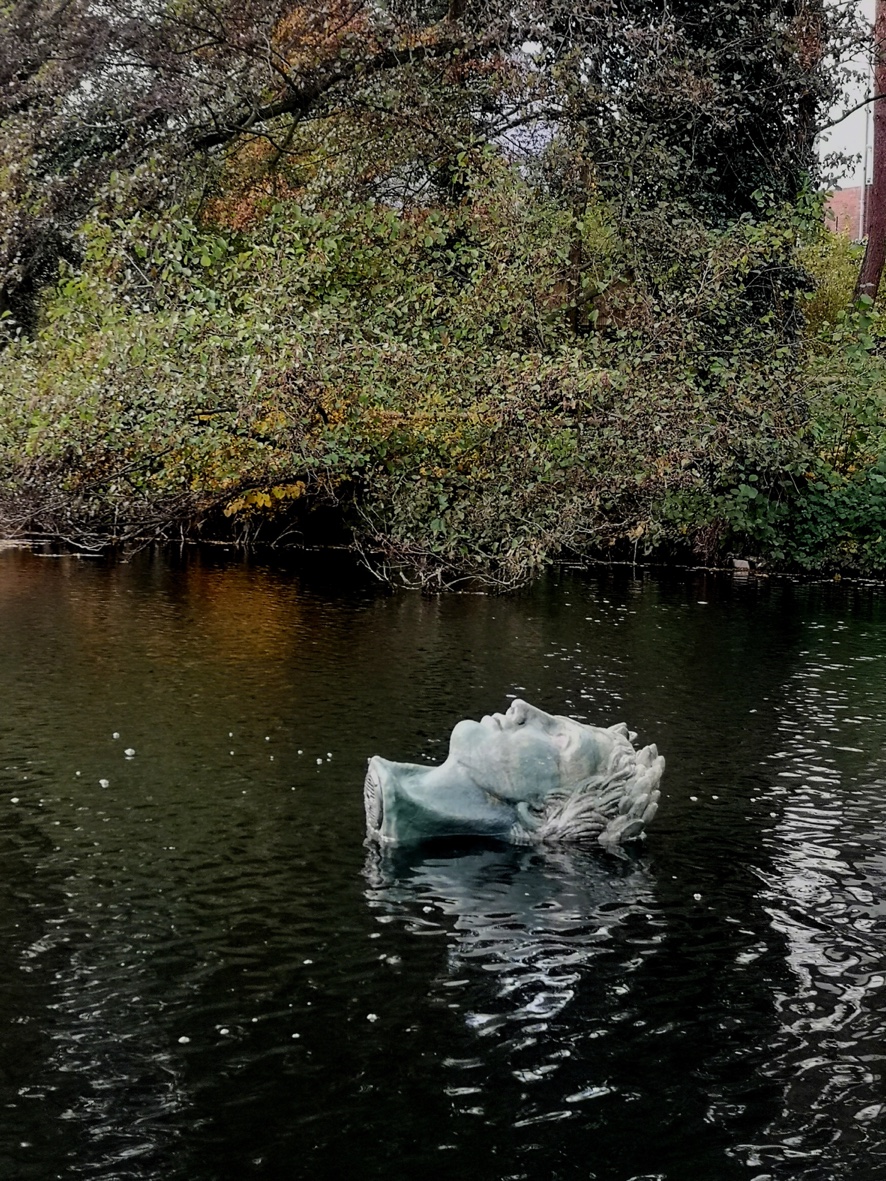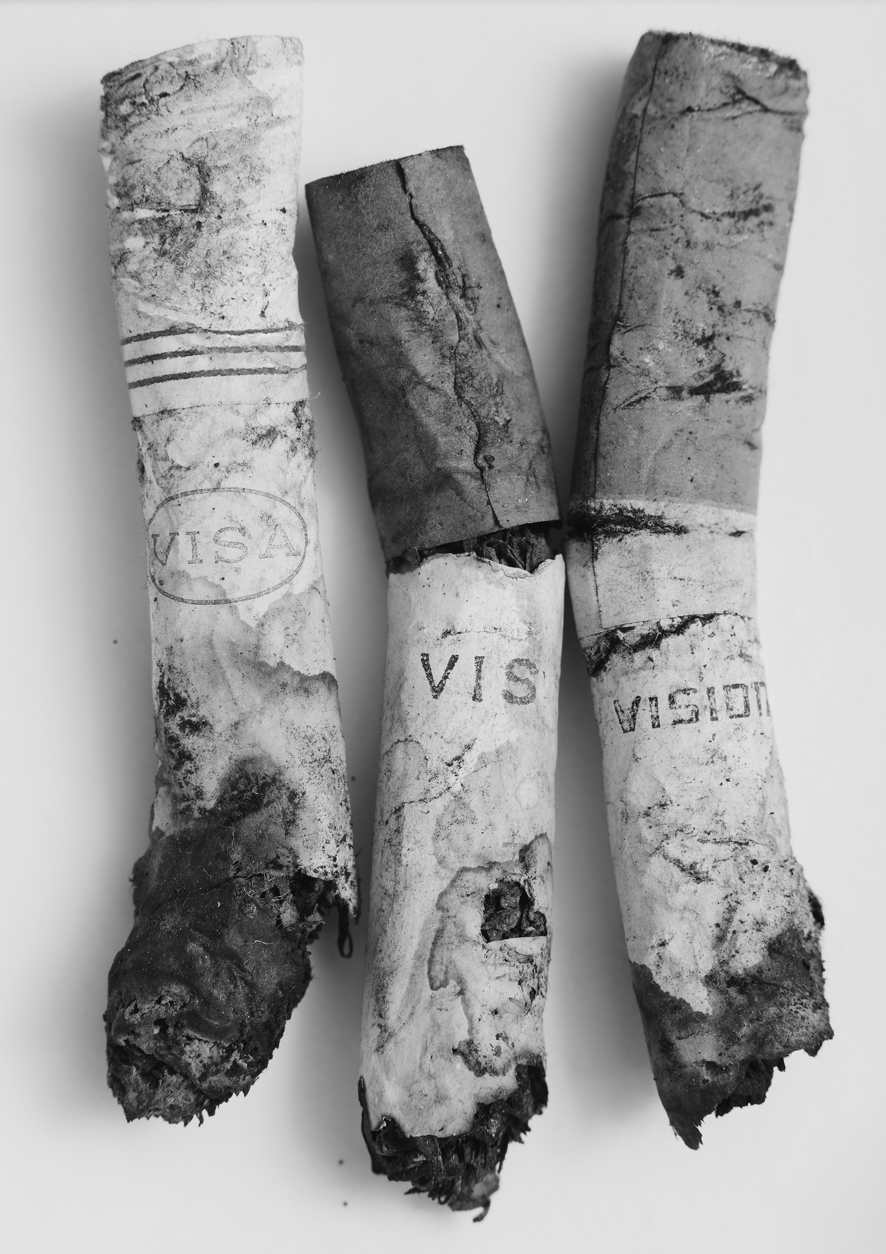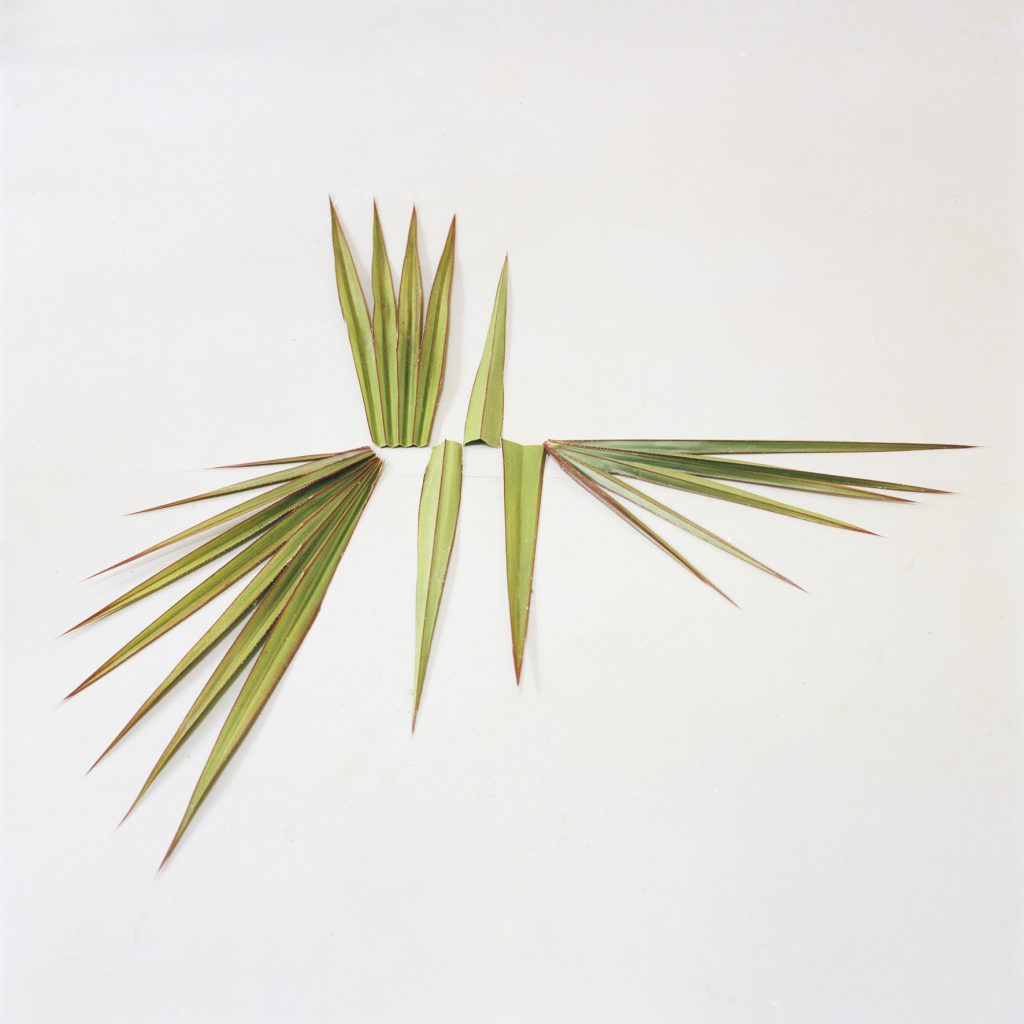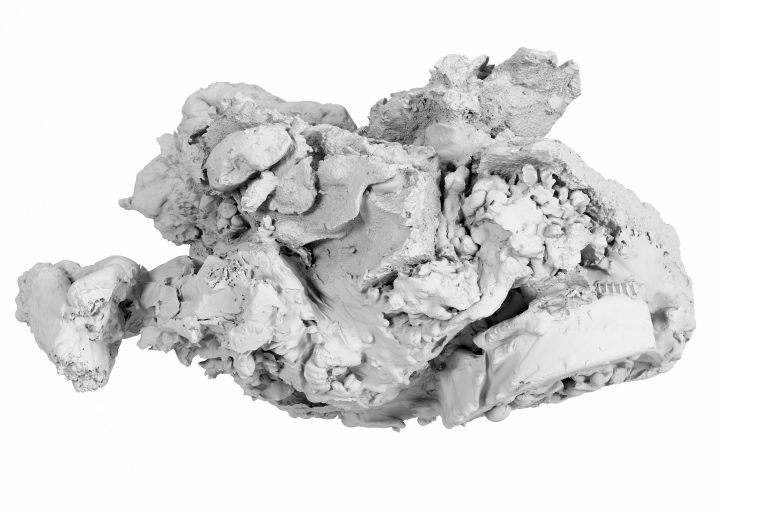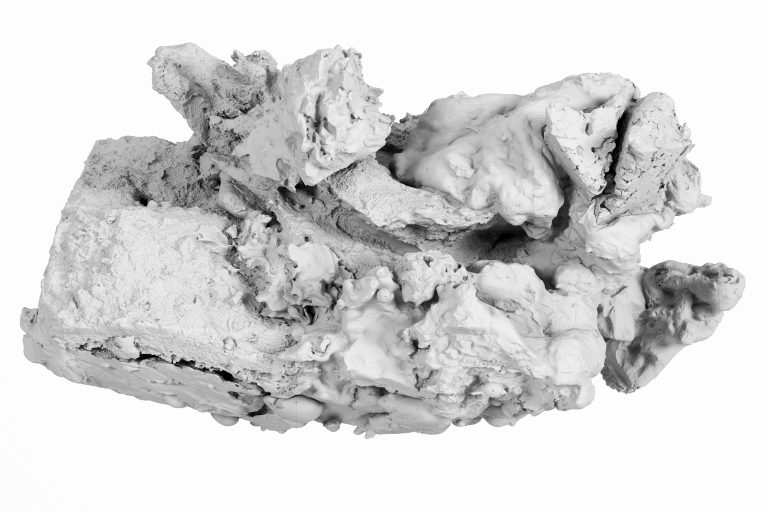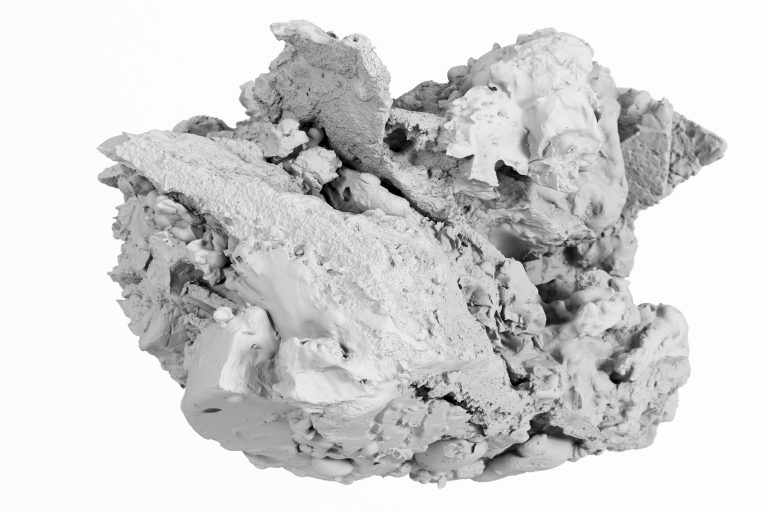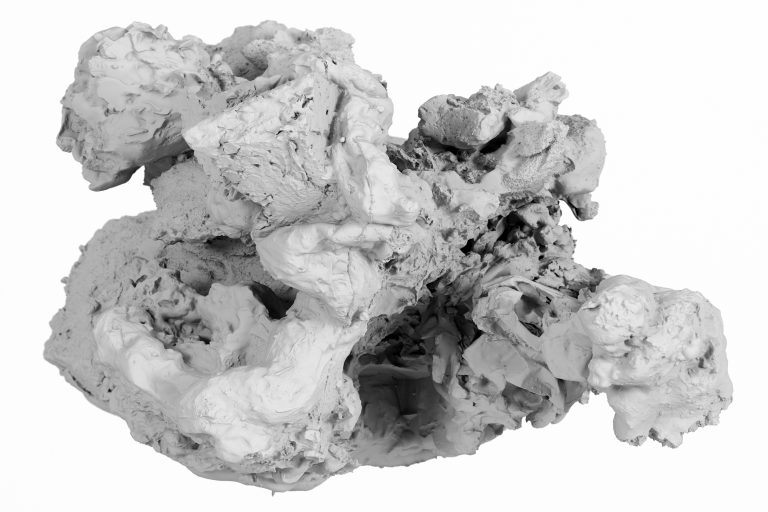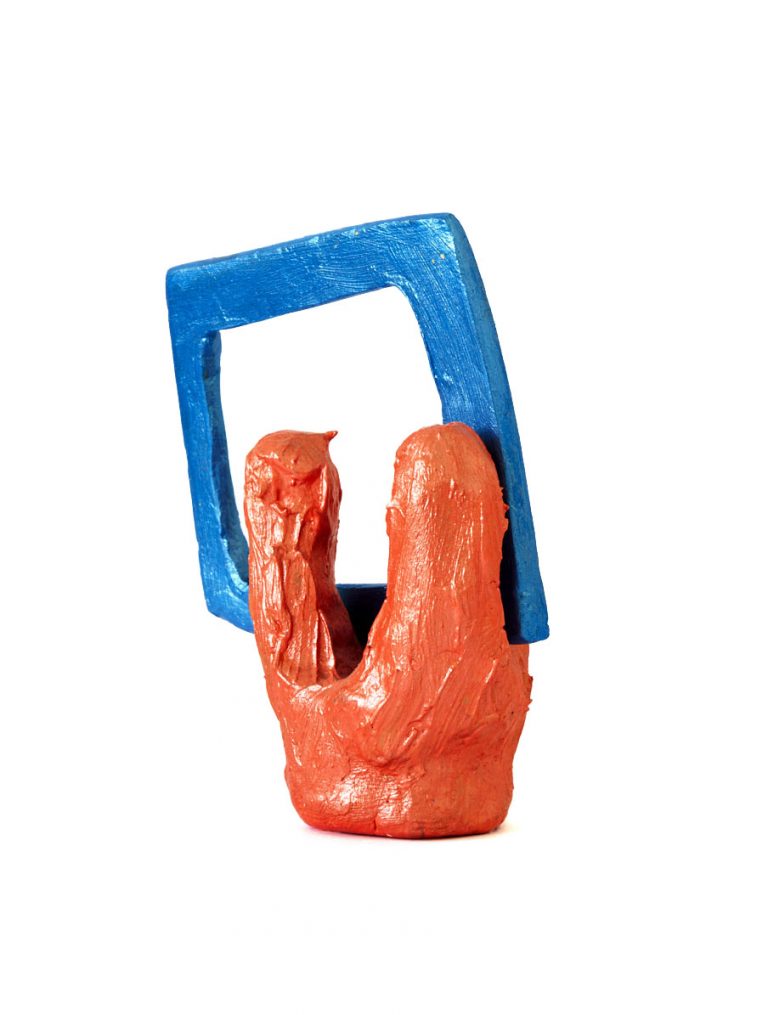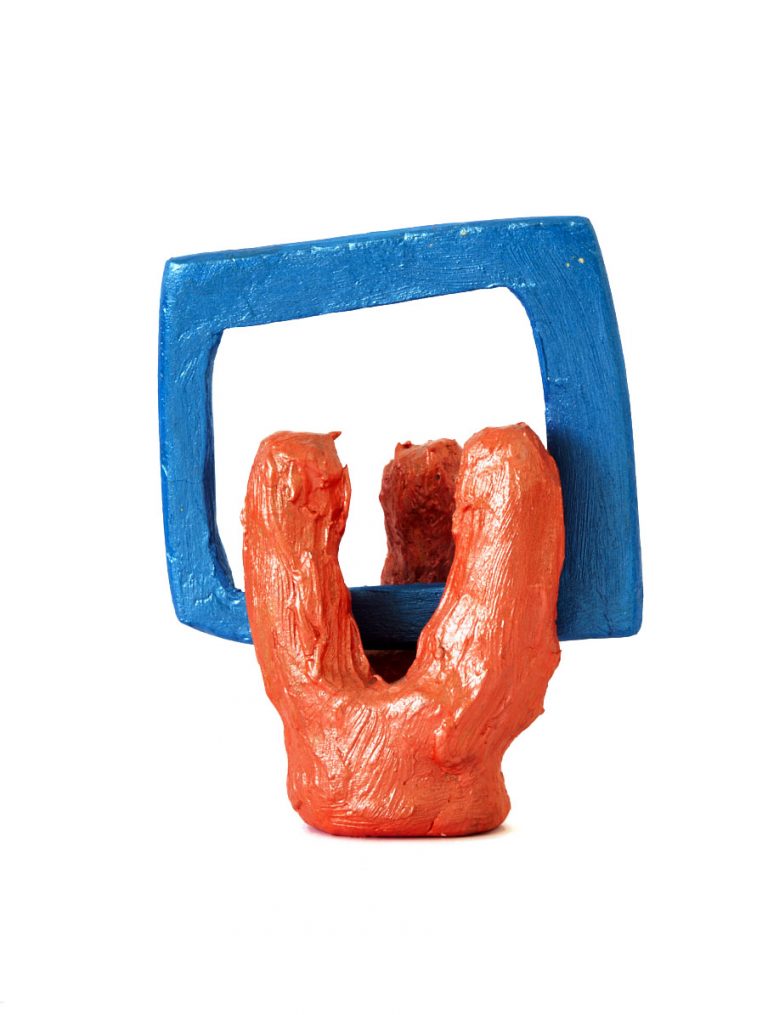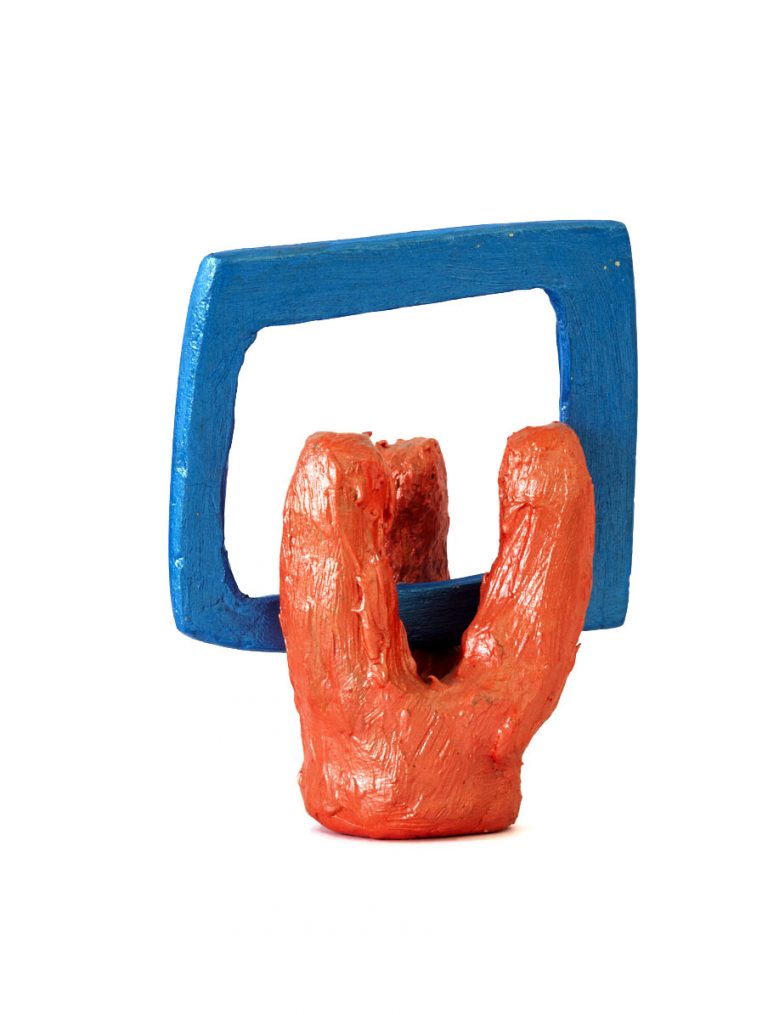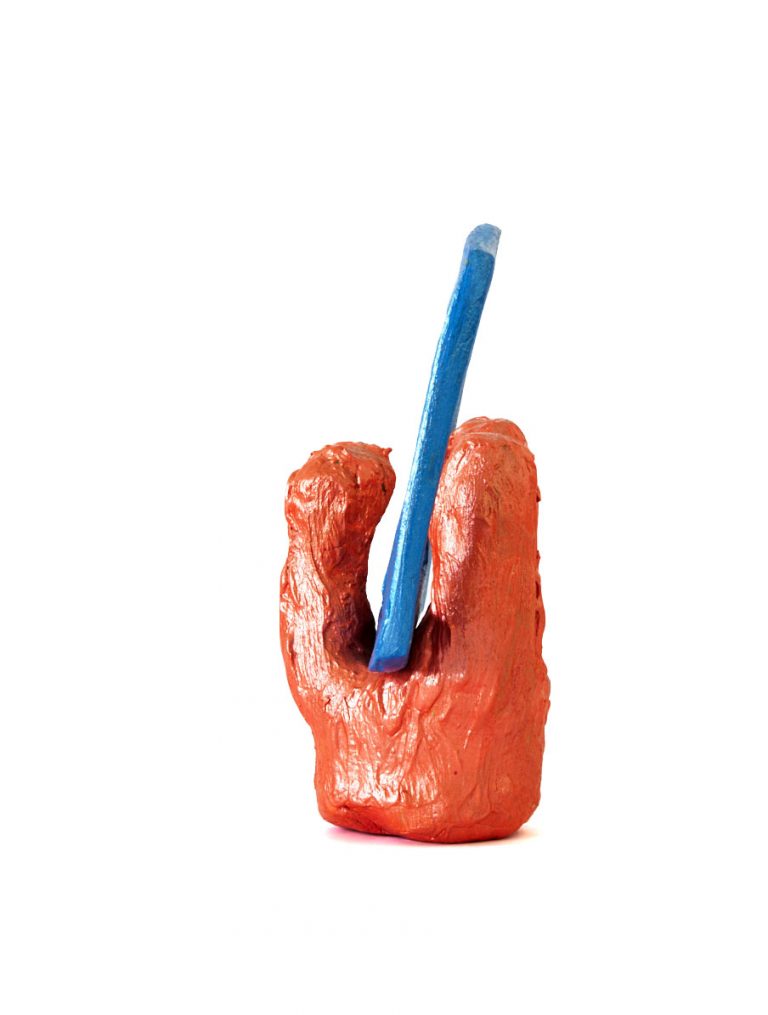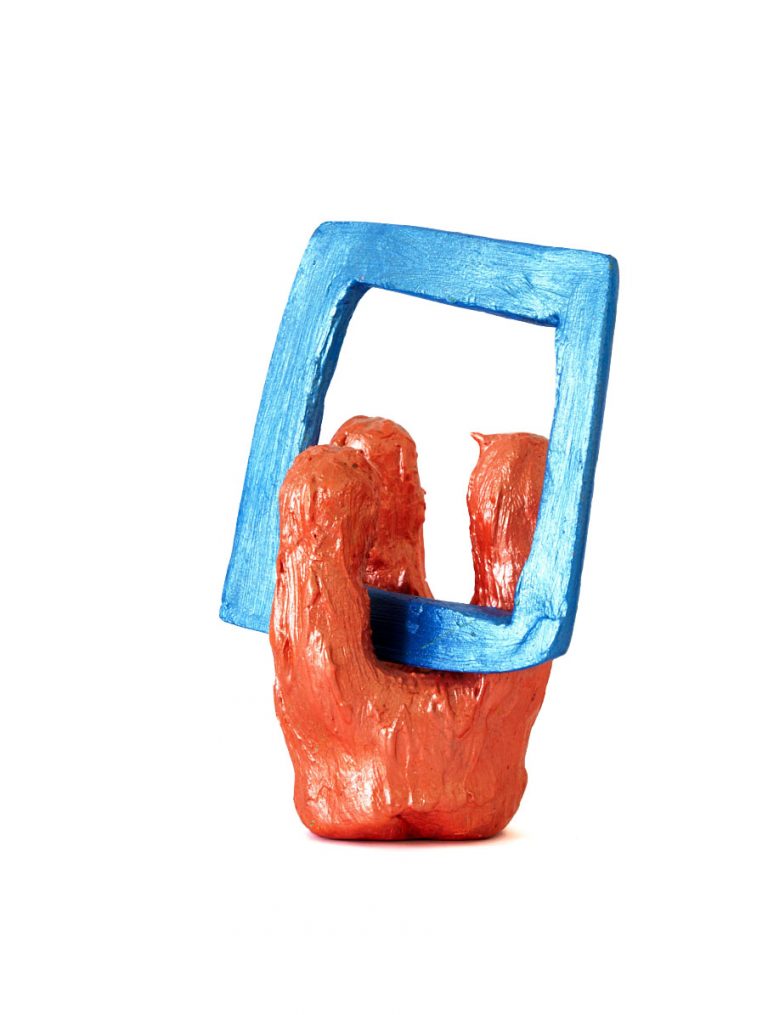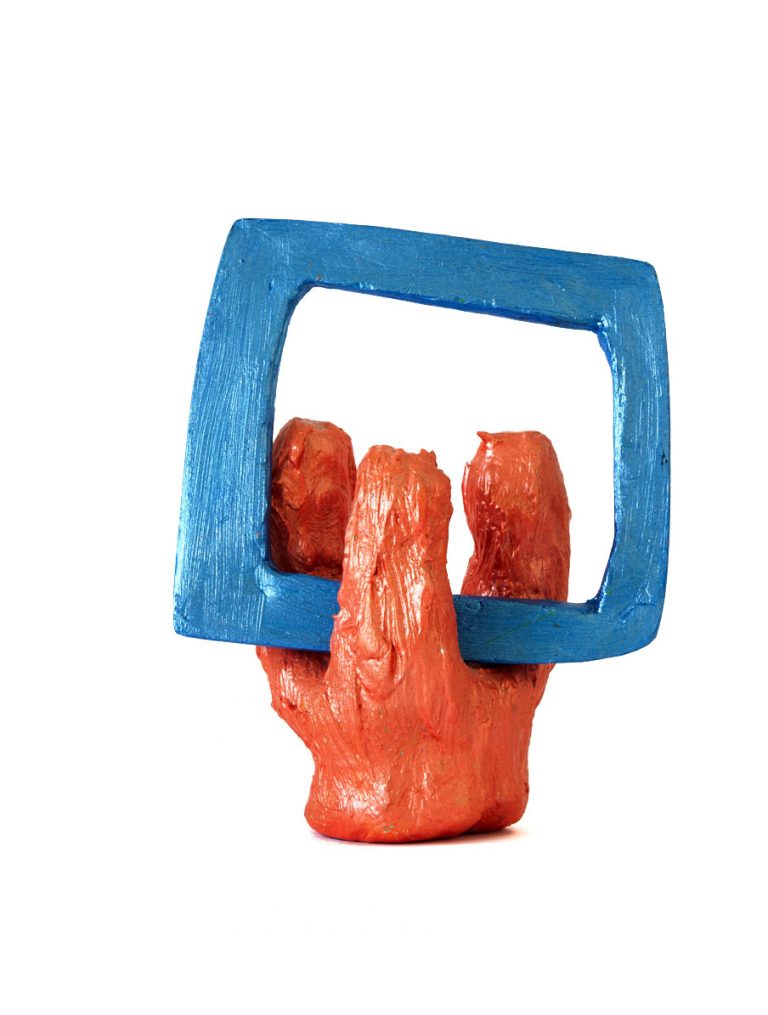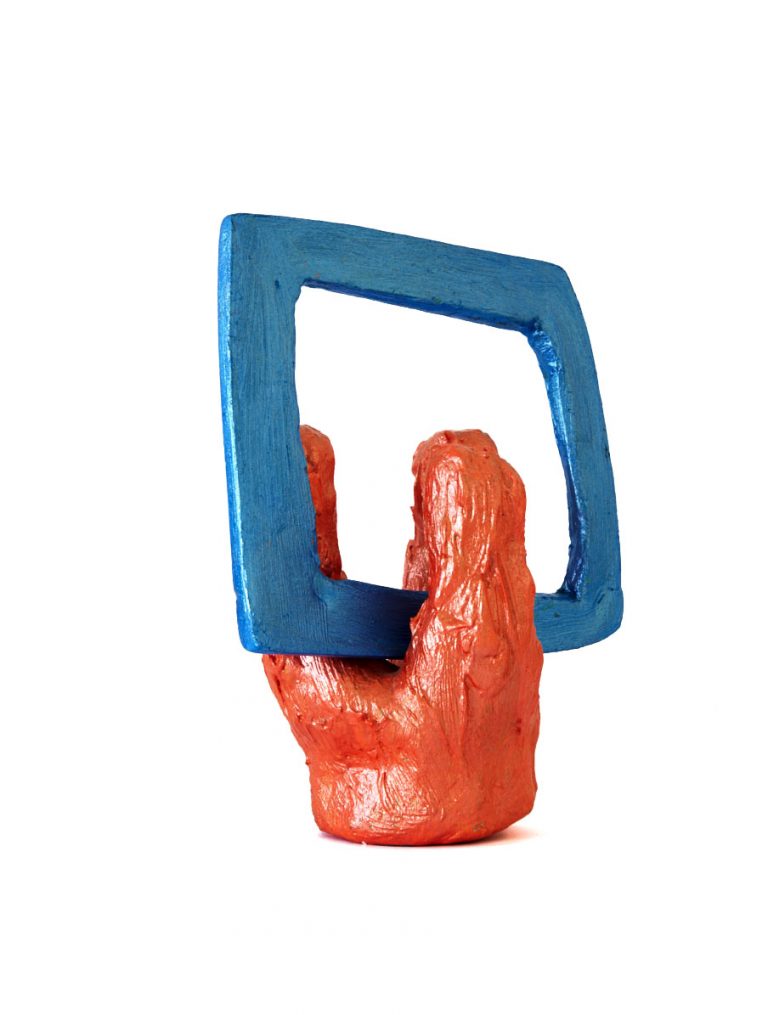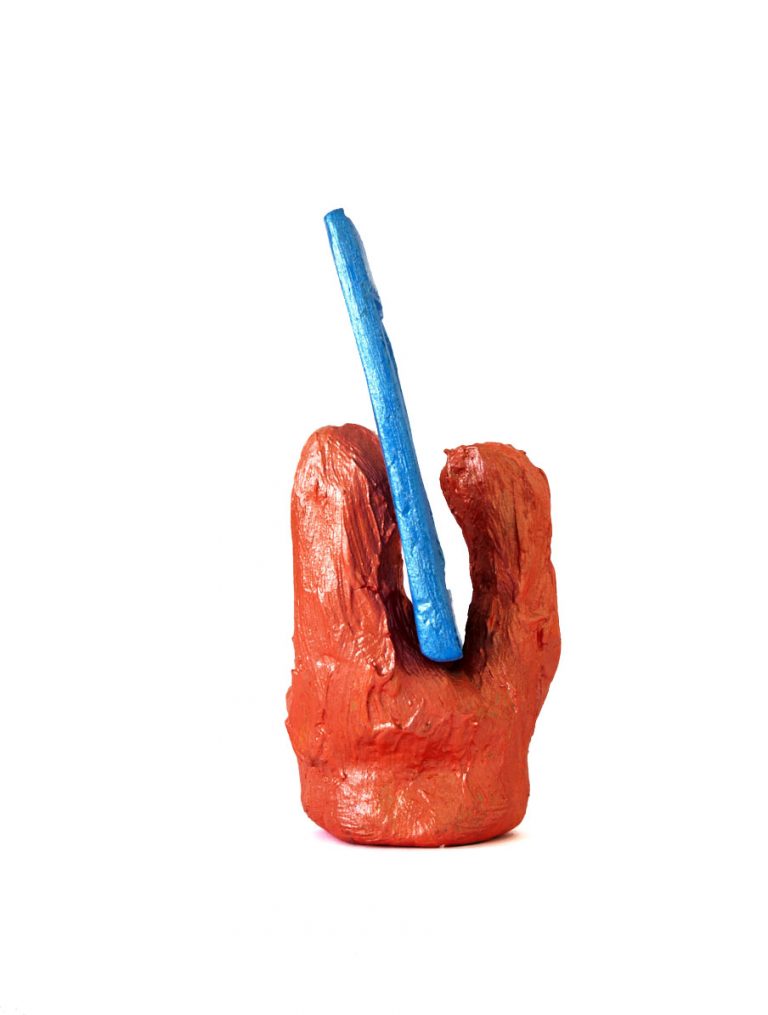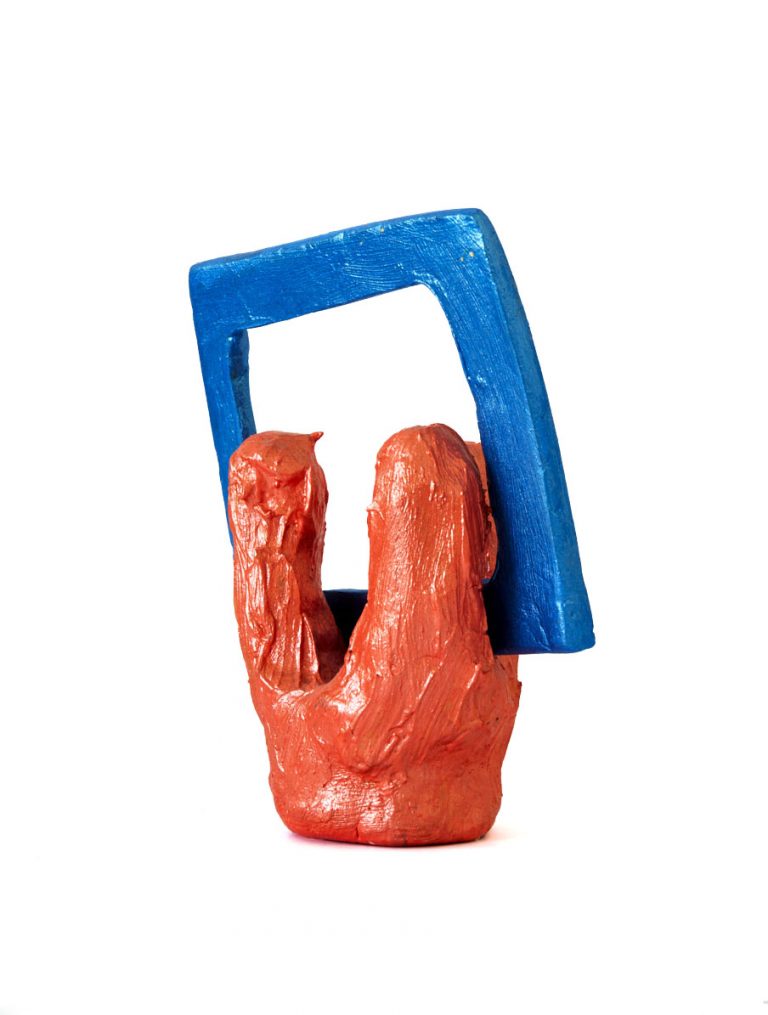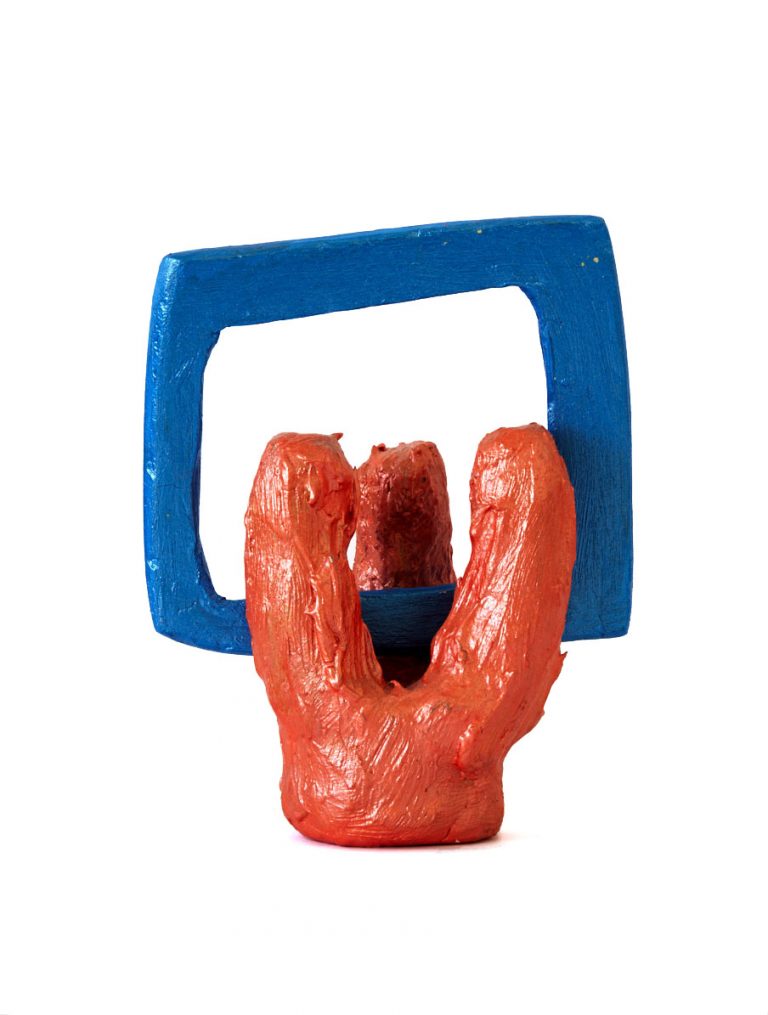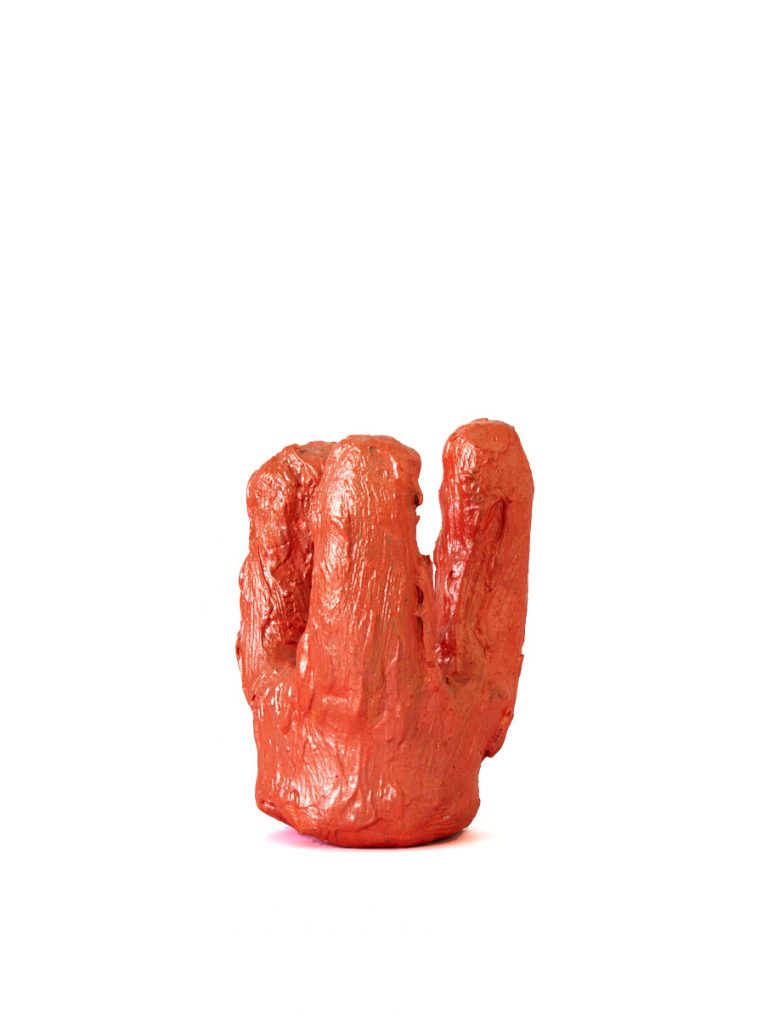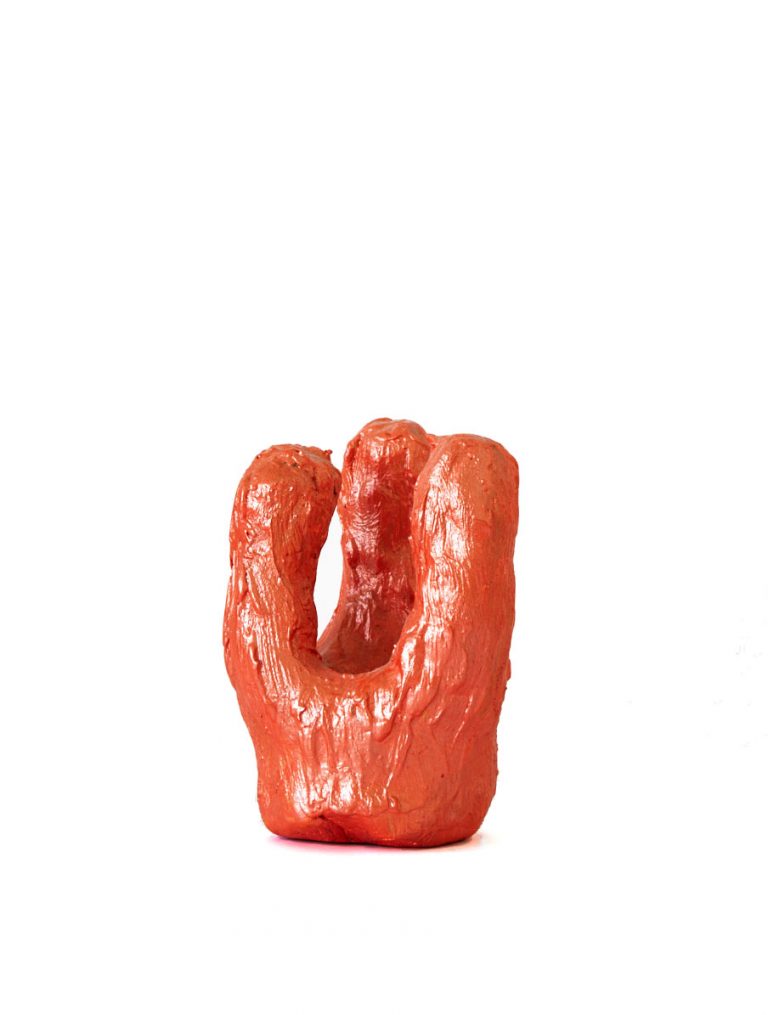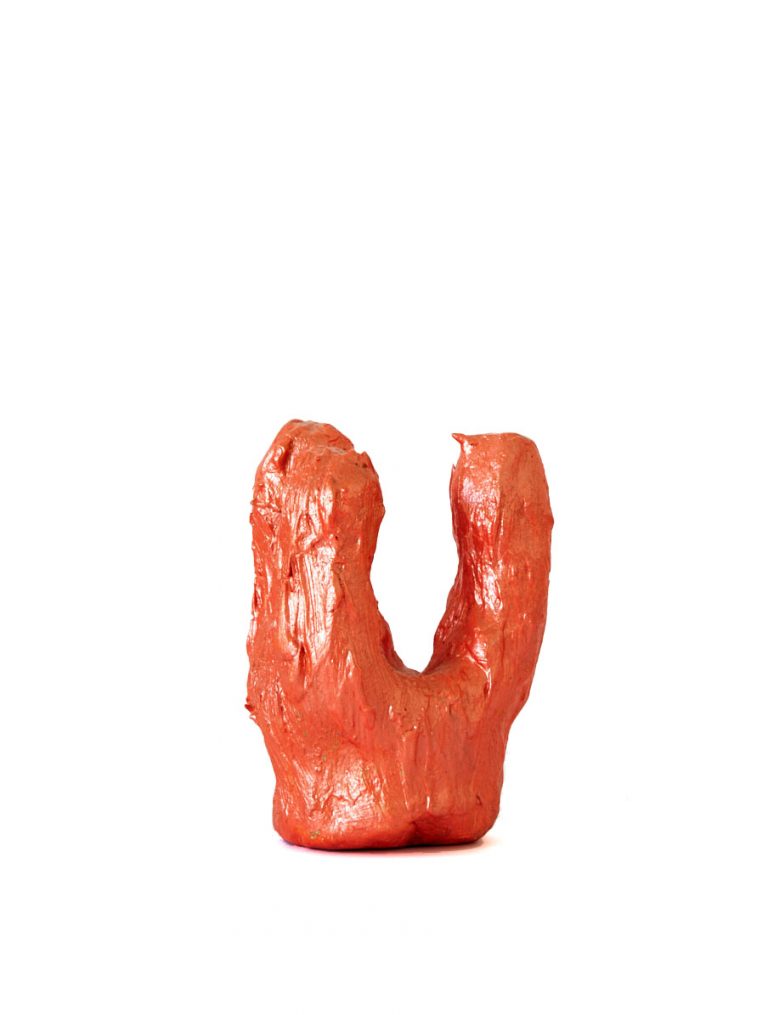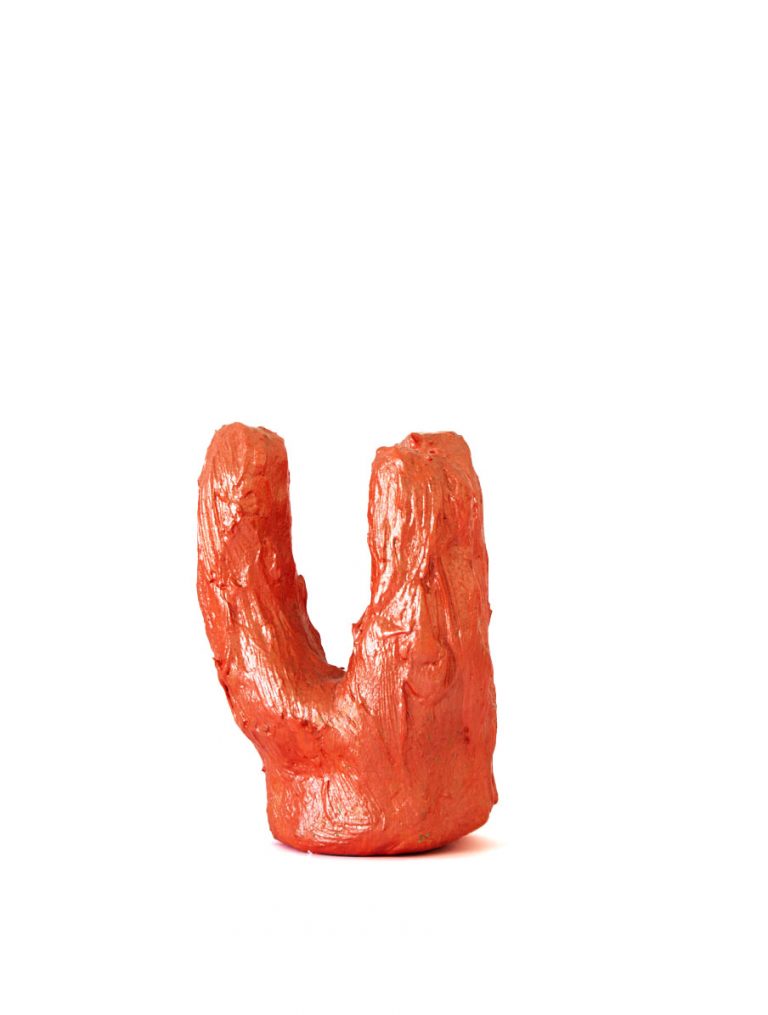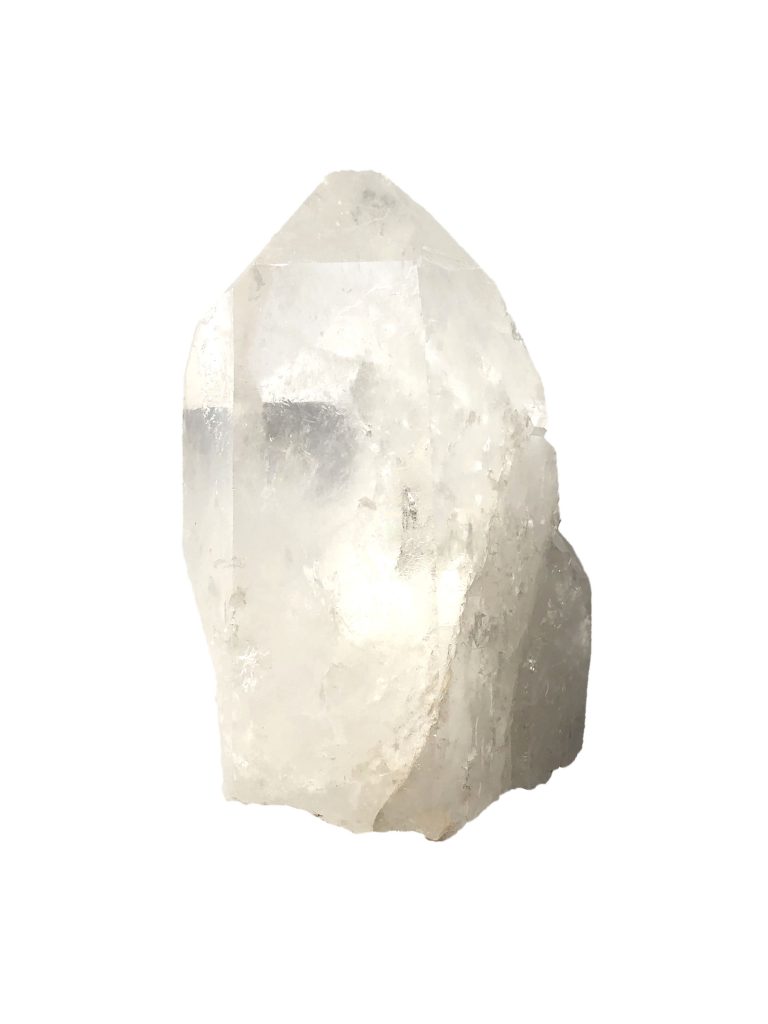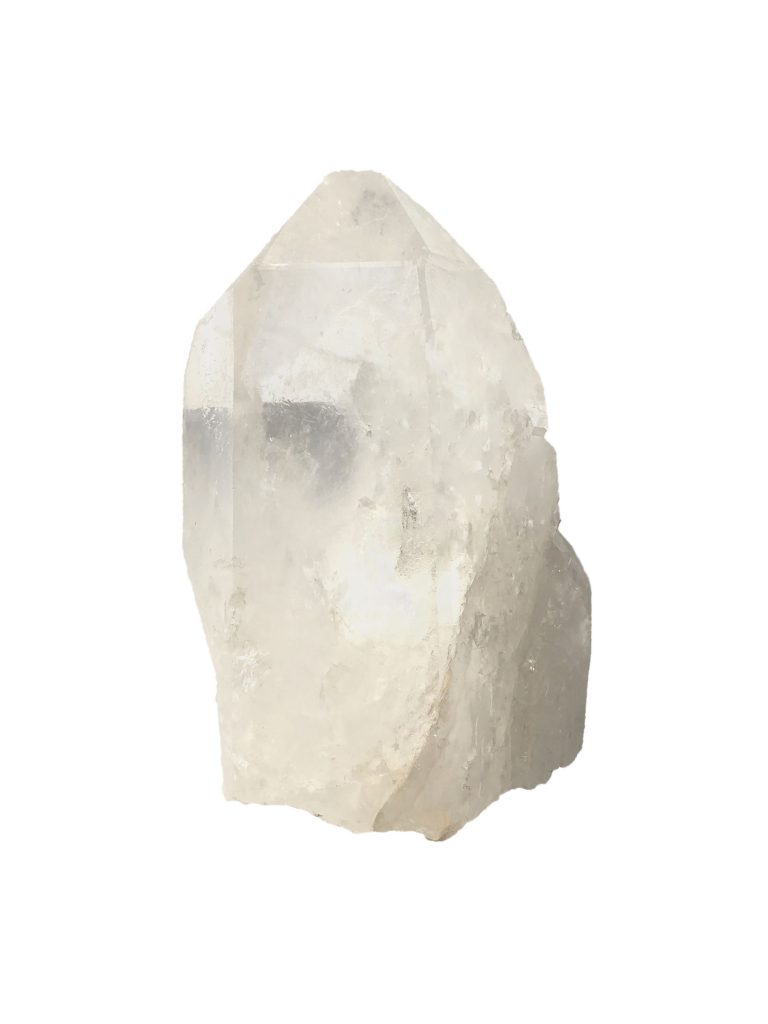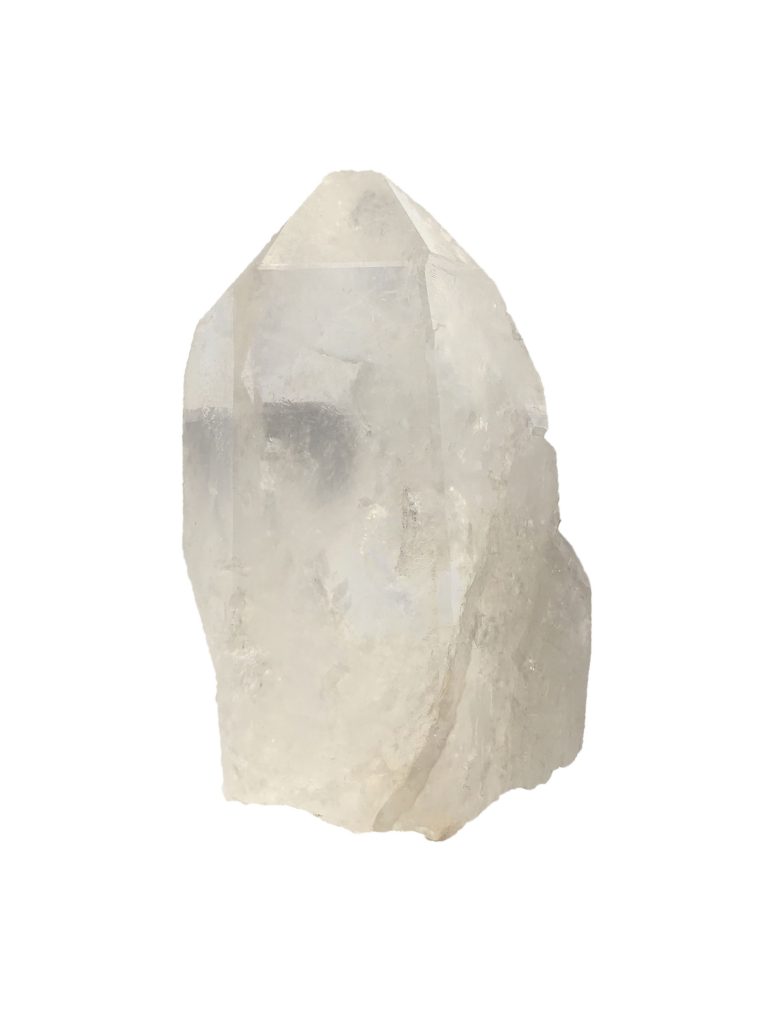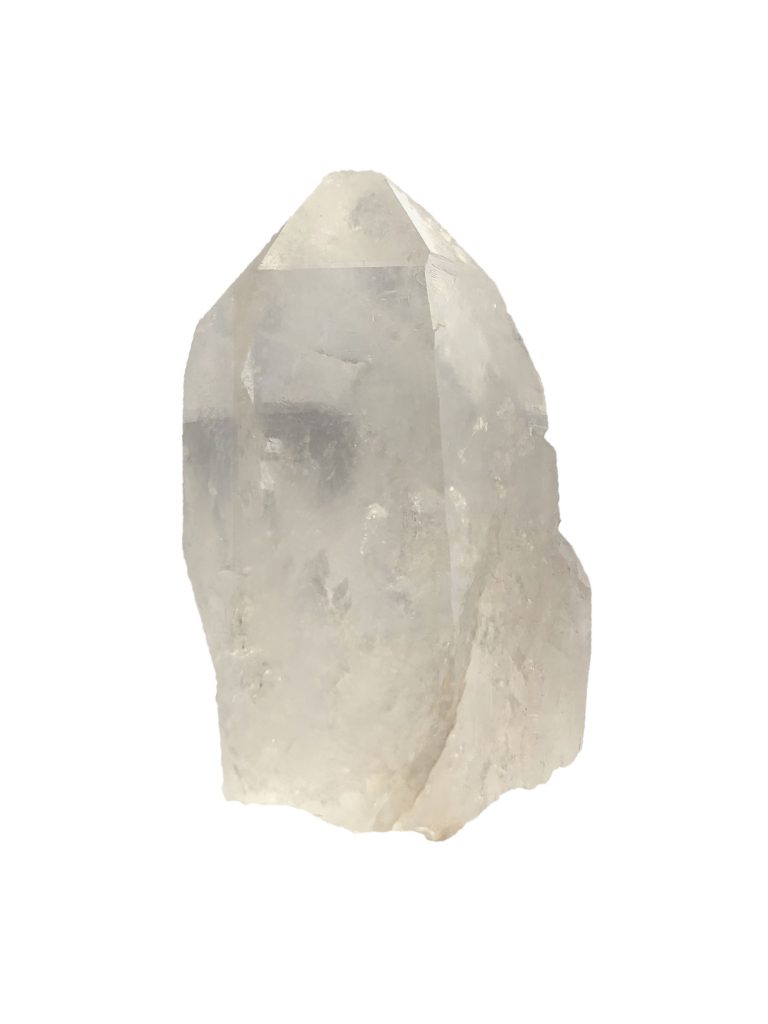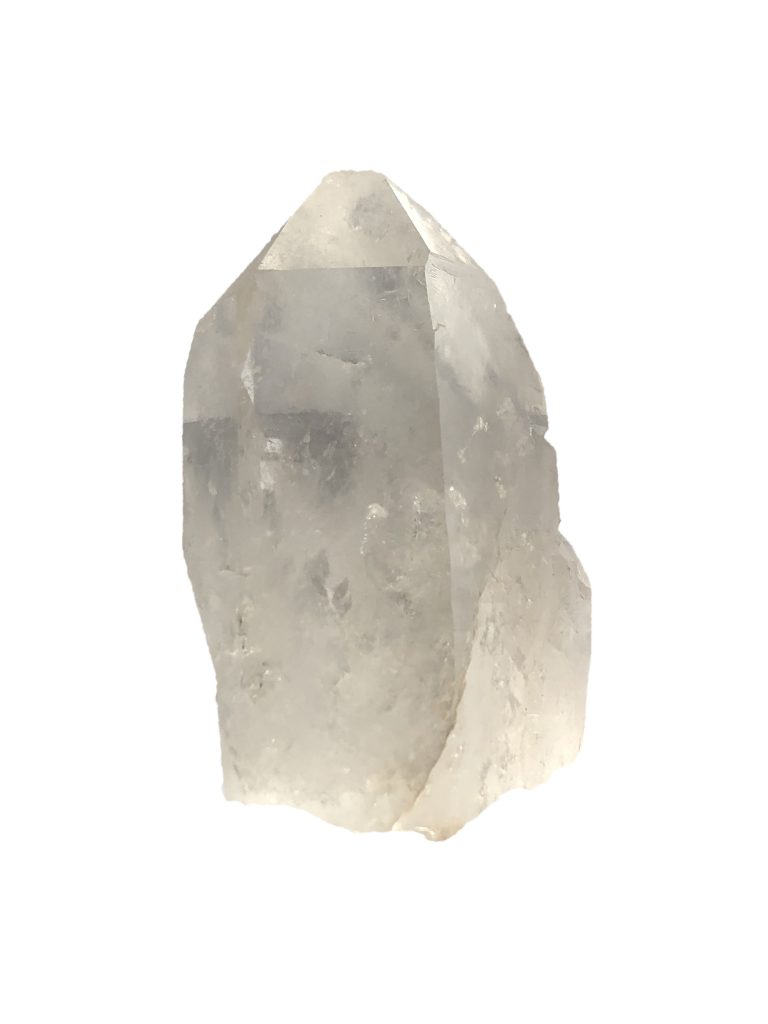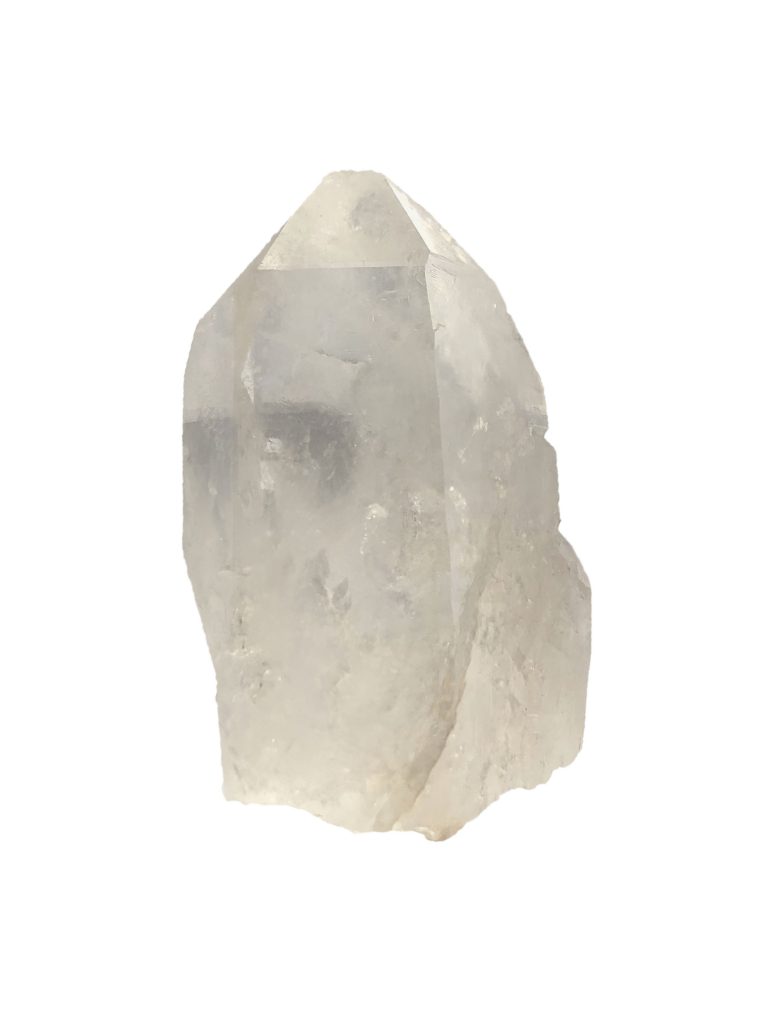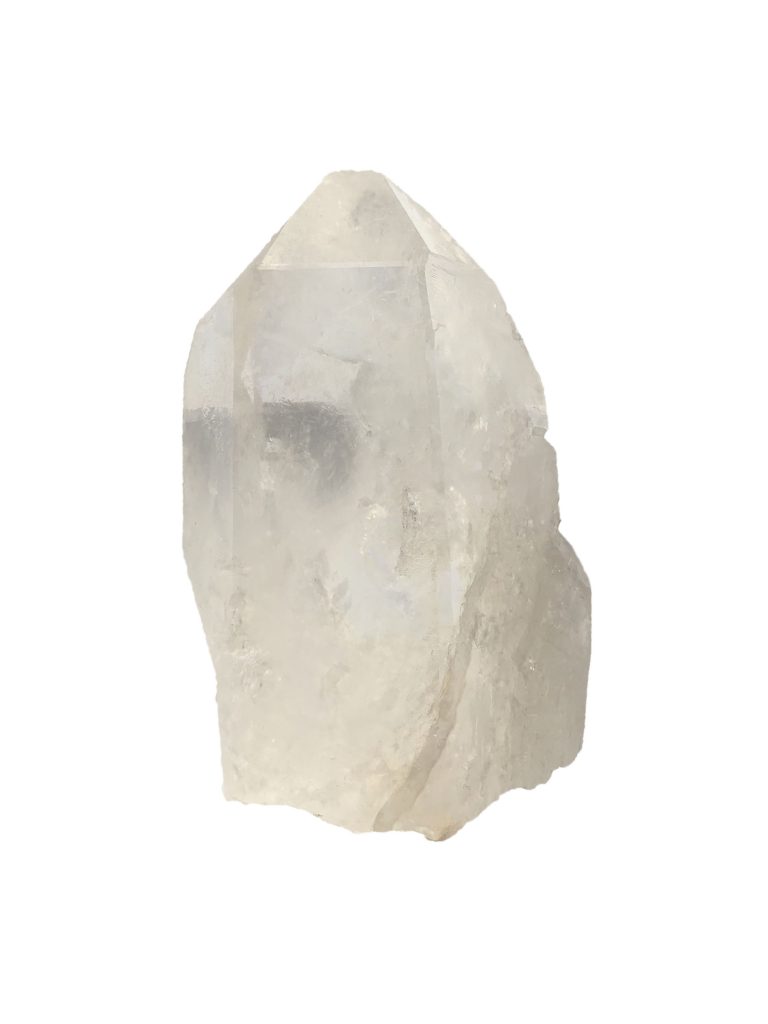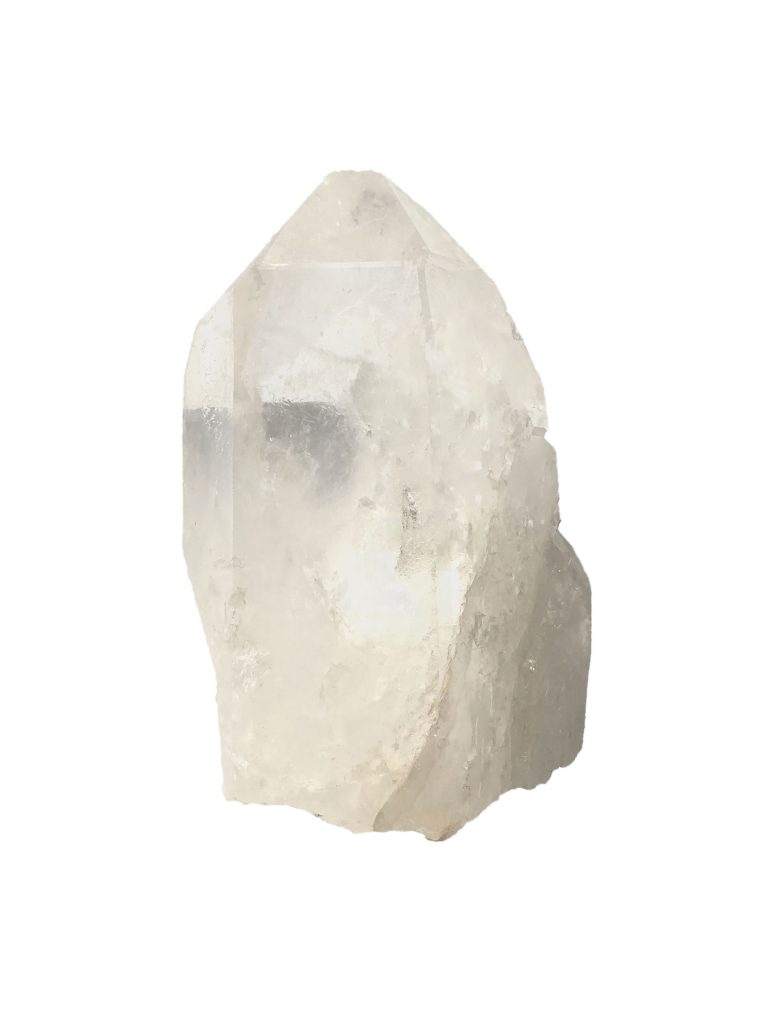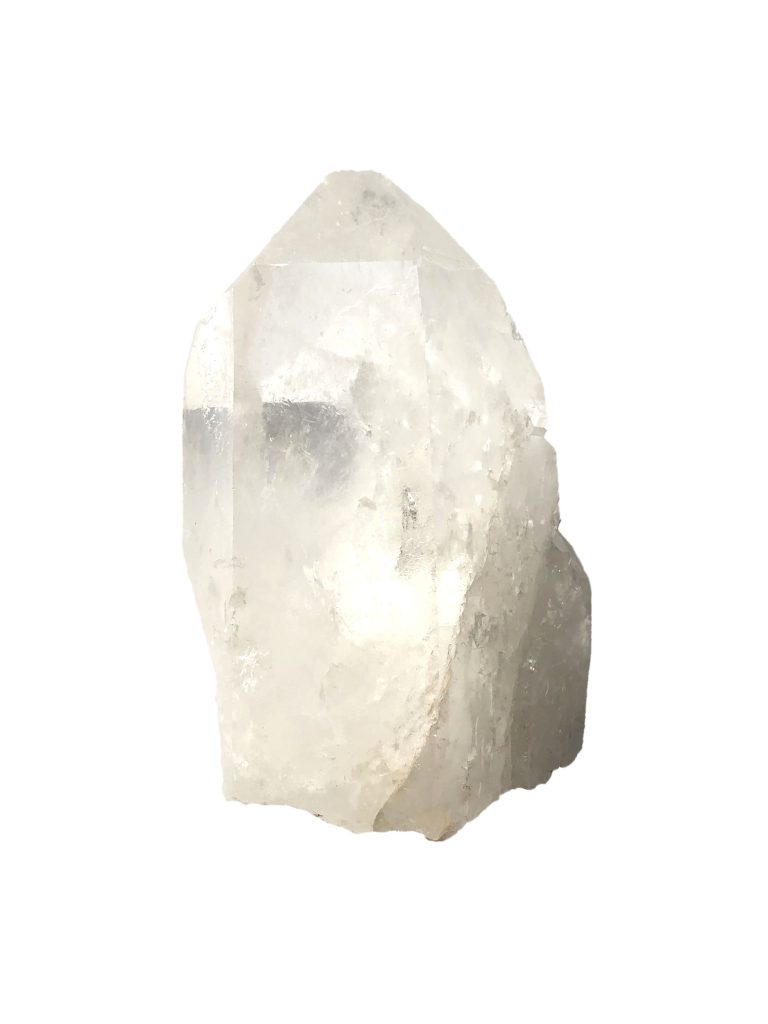JUST FRIDAYS
Following the question, “What’s on your mind?”, we created the platform JUST FRIDAYS for some of the inspiring people in our network to share their thoughts.
BUREAU N IS A SPECIALIST CULTURAL COMMUNICATIONS CONSULTANCY, WORKING AT THE INTERSECTION OF ART, ARCHITECTURE, DESIGN AND OTHER THINGS WE LIKE.
Following the question, “What’s on your mind?”, we created the platform JUST FRIDAYS for some of the inspiring people in our network to share their thoughts.
Cosmopolitan and artist Rolf Sachs is European. He commutes between Rome and St. Moritz, as an artist always looking for variety in impressions and areas of tension. Visits to either house make apparent that his curiosity and view of the world and people as a whole are reflected in all the works of art, installations and design objects that will have you wandering through a chamber of curiosities. However, it is above all his incredible, open nature as a host that gathers together a diverse group of individuals around his table – open-minded, ready for discussions.
WHERE DOES THE ART STAND IN THESE TIMES?
The arts are important at any time, even in times of Covid, where too many have to fight for economic survival. Art can give hope, touch the soul, trigger a smile or desire. This year has made clear the universality of our human condition. A wonderful thing which is rarely discussed: how great it is that the arts are gaining a broader reach, year after year? A few 1000 years ago, the majority of humankind was solely preoccupied with survival – reproduction. A few hundred years ago, art was only really understood and enjoyed by a few; today it touches practically everyone on our planet, especially through music, and the visual arts.
The visual arts themselves have even been liberated. In former centuries, the artist’s soul was still rigidly confined to a style or period. Today we can be free-spirited! With that, we can hopefully transcend social barriers and transmit the tolerance needed to mix people from all walks of life, disparate parts of the world and different cultures. Bringing together – ideas, styles, people – it’s one of my credos!
HOW DO YOU WORK FOR YOURSELF?
Normally, I am a team player but during lockdown, I started shooting still lifes on my own in my basement. I used various objects and stuff I found in the house, especially those relevant to the moment, like personal protective gear. It turns out that surgical gloves are beautifully photogenic. They almost look like a second skin, shed off as a snake does. Other favorites of mine included toilet paper, flowers from the garden, simple thread, vegetables, spaghetti, a music triangle… the possibilities were endless. I shot them all in my preferred style – in movement – freezing the subject with a flash.
ROME – BLUEPRINT FOR EUROPA, PLACE OF DESIRE?
Rome is a dream city for any artist, not only because of its beauty, but also its freewheeling soul and the laissez-faire attitude of its inhabitants. There is a constant flow of visiting friends; the eternal city is always worth the trip. Post-Covid, I hope to engage with the yearly scholars of its 23 national academies – institutions unique to Rome – which welcome a number of artists in residence every year. I am looking forward to organizing dinners with vibrant, creative discussions and hopefully fruitful dialogs. Venite a Roma!
Visit rolfsachs.com to see more of his work.
Upon meeting Marian Ivan from Ivan Gallery in Bucharest and Olga Temnikova from Temnikova & Kasela Gallery in Tallinn, we couldn’t resist picking their brains on their perspectives of the art world in their home cities. To see more work from their artists, be sure to stop by their exhibition project ON ADORNMENTS, on show until October 31st at the Spike Space next to Volksbühne in Berlin.
OLGA, MARIAN – WHAT IS THE GALLERY SCENE IN TALLINN AND BUCHAREST ABOUT? WHAT IS YOUR MOTIVATION IN THE ART?
MARIAN IVAN: I had my start in 2007, at a time when there were very few options for young artists to show outside of the state-run gallery system. There were close to no private galleries in Bucharest. For me, it has always been important to bring what I consider “relevant” to a wider international audience and work with artists to develop the career and platform they deserve.
OLGA TEMNIKOVA: Back in 2010, I knew there were several Estonian artists with impressive careers in need of commercial and international representation. I also knew some artists from Latvia, which led to the logical link to Finland. Over time, our program developed further into the Russian art scene. There was a feeling that regardless of how strong Estonian art academy is, there was a particular discourse missing. It was this discourse that I was so drawn to.
BRINGING TOGETHER ARTISTS UNDER THE UMBRELLA OF “ON ADORNMENTS”, WHAT ARE THE WORKS ABOUT?
MI: I was thinking of a group show, spinning around the idea of working with textiles and different materials. I didn’t know the kinetic sculptures of Kaarel until Olga introduced his oeuvre to me. We both thought immediately on how interesting it would be to put them in dialogue with SIMONA RUNCAN’s large drawings, which depict sculptures made out of organic materials. As models for her serial compositions served small pouches from striped grey silk filled with sand. The selected pastel drawings revolve around a more focused and somewhat tactile approach to the rendering and use of the textile material. Her enduring interest in this medium can be linked to her fashion design creations in the U.A.P.(Romanian Artists’ Union)’s “Fondul plastic” in the 70s and 80s, to her professional experience inside two Parisian fashion houses between 1981-1983 and to her didactic activity in the Fashion Department of the National University of Arts Bucharest from the 90s. IULIA TOMA uses the textile material, essentially “feminine”, frail, vulnerable, in order to support and sustain powerful, heavy, striking characters and narratives. In “Butterflies”, GETA BRĂTESCU used tracing paper that she would wrinkle and then flatten again as background for the delicate butterflies made out of wrapping paper and rope and painted with tempera. These collages from 1993 are a perfect example of her relationship with the materiality of paper.
OT: The show is nostalgic in many ways: artworks from the 70-80s, TOBIAS KASPAR reflecting on Europe’s self-mythology in the 60-90s and JAANUS SAMMA—at the national myth-building at the start of the 20th century. We wanted to show several generations and various approaches. While working through the archive of one of St Gallen’s textile producers, Tobias Kaspar found samples of textiles which had been designed and produced between 1960-1990, specifically for the Japanese market. They depicted a rather backwards image of Europe or perhaps an idealized Europe. Kaarel Kurismaa used found materials in the beginning—lampshades, sea buoys, chair legs, toys and tabletops. To this day, he maintains an extensive archive of objects of inspiring shapes and colors. He created major works in painting, collage, sculpture, sound and kinetics, animation, video, stage design and luckily, had the opportunity to create several public works in the 70s and 80s. Sadly, when regimes changed, soviet buildings went through the process of privatization and not many of Kaarel’s work survived Estonian independence. There is but one public piece by him which is considered cultural heritage with a second public sculpture now being taken under protection, but that is it for now. It is truly frustrating but we have some plans to compensate for this. Hopefully you will hear about it soon. Jaanus Samma is a hard-on conceptualist, but a very sensual one. He is inspired by archives, gender discourse and LGBT history. He uses and sometimes commissions others to create arias, film, poetry, sculpture, embroidery, photography, drawings (which he always does himself) knitting and works on paper.
In 2019, the architect Khushnu Panthaki Hoof curated the Vitra Design Museum exhibition “Balkrishna Doshi: Architecture for People”, covering the work of one of the few pioneers of modern architecture in India. She is the Director of the Vastushilpa Foundation for Studies and Research in Environmental Design based in Ahmedabad, India. Khushnu has worked for many years alongside Doshi and is a partner at Sangath. For this issue of JUST FRIDAYS, she reflects on the limits and opportunities of architecture and the challenge of social proximity at a time of physical distance.
WHERE AND HOW DID YOU SPEND THE LAST WEEKS AND MONTHS?
During the last six months, being homebound and working from home there has been a mixed bag of emotions—from peacefulness to anxiousness to awareness to emptiness to gratefulness. The mundane essentials that I often took for granted suddenly became sacred and a heightened sense of sensitivity towards everything or everyone around me has filled me.
We live with our eleven-year-old daughter in a house designed by myself and my husband. As architects, each day of the pandemic has been a revelation into re-looking at every space and every corner in the house, with its own specific character and mood defined and highlighted by the changing quality of light throughout the days and months. It has reaffirmed my belief in the acute influence of architecture on our psyche. The home has become our sanctuary.
The notion of multifunctional space, the scale of space, the tangible and intangible elements, thresholds, relationship to the in- and outdoors, these questions have constantly been occupying my mind while working on the current projects. I have been contemplating how to create a balance in design between what we need vs what we want without letting go of the larger dream?
WHAT EFFECT DID THE ARCHITECTURE OF SANGATH, WHERE YOU WORK, HAVE ON YOU DURING THIS TIME?
Sangath, like most of Doshi’s works, are experiments in understanding the fourth dimension—time. Today the virus has somewhat slowed down the speed in which the society was moving—a crucial pause to rethink, reinvent and give rise to new conscious design approaches.
The architectural manifestation of Sangath has influenced the way I perceive the world. It has taught me the importance of being open without comprising my belief system. It’s like a moral compass for me personally.
DOSHI’S ARCHITECTURE DEALS WITH SPACE AND BUILDINGS MEANT FOR BRINGING PEOPLE TOGETHER—ESPECIALLY IN HARMONY WITH NATURE. HAS YOUR PERSPECTIVE ON ARCHITECTURE BEEN RETHOUGHT OR HEIGHTENED IN RECENT MONTHS?
For me, the most important thing that the pandemic has given all of us is ‘Time’ Time to assess what we need, appreciate what we have and reinvent the way we live.
What seemed like a journey of disorientation on the onset of the pandemic has led slowly to re-orientation with blurred boundaries and confusion in-between. In India time is not perceived as linear but cyclic, creation is followed by immersion and the cycle continues. This phase that we all are in I believe will lead us to a more responsible approach to life if we consciously work together being ‘macro-comprehensive’ and ‘micro-inclusive’ terms that Buckminster Fuller often used.
Today designing fluid, permeable multifunctional space has become even more relevant today as opposed to compartmentalised functional enclosed spaces. Further, with the pandemic, we are virtually socially engaged while being physically distant. AI has changed the way we perceive the world. We are constantly bombarded with what we want to see through algorithms and hence we are put into our personalised virtual bubbles and now, through the pandemic, we are input into spatial bubbles. The downside has been the loss of spontaneous social interactions and incidental explorations.
On the other hand, when you are enclosed in one space for months at a time—you begin to realise and appreciate space for the way you feel within it to the way it instigates you to inhabit it. This brings me to the full-scale installations that I designed for the Balkrishna Doshi: Architecture for the People exhibition at Vitra Design Museum to convey the most elementary notion about space and its profound effect on the psyche of the visitors. When I look back at the last six months, I realise that architecture more than anything else needs to be adaptive and accommodative to basic needs—known and unknown, measurable and immeasurable.
WHAT CAN ARCHITECTURE DO FOR SOCIAL PROXIMITY IN TIMES OF PHYSICAL SEPARATION?
Well, the possibilities are limitless. Designing ‘Breathable spaces’ interwoven with natural elements and thresholds could be a possibility. However, architecture in isolation cannot solve the problems. Collaborative interdisciplinary practices and experiments should become the backbone of design. Coming together of experts from varied fields of knowledge—sociology, biology, medicine, engineering, etc can help create an appropriate architecture addressing the critical issues of social proximity in times of physical distancing.
Jeewi Lee is a Berlin-based artist who has spent most of her life between South Korea and Germany, when she’s not travelling that is. Earlier this year, after completing a project in Senegal, Jeewi left for what was meant to be a 5-day visit to a friend in Casablanca. 5 days quickly became 4 months as the world as we know it came to a halt and scrambled to find comfort in the unknown. For this issue of Just Friday’s Jeewi shares her thoughts on reflection and creative practice for positive change during a truly peculiar time.
WHAT DOES ONE THINK ABOUT DURING SUCH AN UNCERTAIN TIME IN A FOREIGN COUNTRY?
My visit to Morocco, unexpectedly and involuntarily long, allowed me a lot of time for reflection. Gaining humility was at the very centre of this. My Senegalese colleague Aliou “Badou” Diack, who I spent those 4 months with, in Casablanca, taught me a great deal about perspective, tolerance, and acceptance. Through these lockdown conversations, I gained understanding on how to navigate difficult situations, to not always fight against what isn’t working out but instead let go and take a different path. I now find myself asking: how can I negotiate the fine line between professional aspirations on one hand and tolerance and compromise on the other?
WHAT WAS THE FOCUS OF YOUR CONVERSATIONS?
We spoke a lot about culture, nationalities, and traditions. Both in Senegal and Morocco, we discussed racism and decolonization extensively. Highly complex and entangled issues. I learned a lot on how we in the creative industries have to constantly question our ideologies to unlearn old patterns and replace them with new ones. We should let go of the habit of always applying our Eurocentric standards in judging everything.
HOW HAS THIS INFLUENCED YOU ARTISTICALLY?
On a conceptual level, I work with installations, image series, and actions, often engaging with the topic of traces and spoors. I travel a lot for my projects, gaining inspiration from various places. In Casablanca, I began working on a series of paintings, titled Insomnia and Interval in a poetic reflection on my situation at the time —the waiting, the uncertainty, and the restrictions in a country that is foreign to me. I wanted to draw creative inspiration from the situation.
This trip and the extended stays in countries that have different systems and have different living conditions have been very enriching. Not only the temporarily strict Covid-19 regulations but also the material restrictions, weather-related limitations, different infrastructures and “higher” political powers. These factors further influence the work and possibilities in creative practice. Here in Europe, we are fundamentally trained to think big, to go beyond our limits, to want more; compromise is seen as something negative. So we have forgotten to function with material and technical limitations In producing my new works, I had to “unlearn” and “relearn” just that to be able to sharpen my perceptions and pick up on the circumstances around me. To better cope with time and learn “patience.” This is where my series of coffee images emerged from.
WHAT WILL YOU TAKE FROM THIS IN THE FUTURE?
This incredibly unique time has encouraged a new way of thinking for me, one that I am still processing. It calls to mind mundane sayings such as “sharing is caring” or “shared happiness is double happiness,” things we all know but act on less and less. The ego and “I” are too often in the way. We are used to setting individual goals and giving 200% to achieve them. We want to get there as quickly as possible. So I’m questioning this at the moment because it results in a lot of humanity, flexibility, and leisure being lost. I want to think of ways we can approach this differently and find a healthy balance. For me personally, I have once again confirmed that life is always full of surprises.
Activist and author Kübra Gümüşay’s recently published first book Sprache und Sein (Language and Being) hit a nerve. By exploring how language shapes our thinking and determines our togetherness, she raises an important question: how can we all communicate differently in a time of increasingly harsher, more toxic discourses? The way we talk with each other is ever-changing and fluent, shaped by numerous subconscious dynamics and social influences we are not always aware of. So perhaps now is a good time to pause and start thinking and speaking more thoughtfully.
HI KÜBRA, HOW’S IT GOING?
Ok, given the circumstances. These are times that offer just as much reason for hope as for sadness. It helps to focus on the former.
IS IT TOUGH FOR YOU TO FIND THE RIGHT WORDS?
Sometimes. I like looking for the right words—especially when I have the sense that the right words might not even exist. A moment that makes us aware of limitations, but also opens up a world beyond borders.
IN YOUR BOOK SPRACHE UND SEIN, YOU TALK ABOUT HOW LANGUAGE DETERMINES OUR POLITICS. WITH OUR CURRENT USE OF LANGUAGE AS A YARDSTICK, WHAT STATE IS OUR SOCIETY IN?
First of all, I have observed a lot of effort to use caring, constructive language. And even though this effort goes around in circles, I have also observed the trolling of our society—in our language, too. Polarizing, destructive, hateful, yelling. Not just in one social group, but in almost all of them.
HOW CAN LANGUAGE CHANGE THE WAY WE LIVE AMONG EACH OTHER?
Without a doubt, language constantly forms and shapes the way we live together. It can help us to speak with each other more appreciatively; it can help us to see grievances that we don’t experience ourselves; it can help us to create images that deal with this constructively. But language alone won’t create a more just society. It can, however, stand in the way of a more just society.
TWO TANGIBLE TIPS—WHAT SHOULD WE AVOID DOING IN THE FUTURE, AND WHAT SHOULD WE TALK ABOUT MORE OFTEN?
Avoid: reacting to openly hateful, provocative, yelling things.
Talk about more often: constructive, calm, measured, thoughtful, future-oriented things.
At the end of February, Elena Schütz from Something Fantastic kicked off what was meant to be our monthly talk series “Just Fridays” centred around the question, “what’s on your mind?” In a time of digital necessity, we have asked Elena to share her thoughts in our new, socially distant format.
NOT (NECESSARILY) BUILDING.
Architecture is a dirty business. CO2 emissions caused by concrete production alone outnumber those caused by commercial aviation. I have been questioning how I, as an architect, can achieve and maintain enough freedom (economically in large) to allow for the necessary transformation and become an active part of the urgently needed greening of building. We have a great responsibility and I want to embrace it.

My partners and I have been looking for concrete methods of gaining more freedom as an architecture office. Freedom we can use to engage in more adequate and progressive architectural practices. While we enjoy being experts in building, we would like to include the possibility of not building – or building less than expected – into our field of expertise. A simple and powerful precondition for doing so is to have our work compensated independently from the building sum, contrary to common practise in the industry.
In one of our cases, after being independently commissioned for an office renovation, we proposed to first conceive a study on the future of work, comparing different office environments and innovative practices. Only later did we implement a physical design concept, which concentrated interventions to specific areas of the existing space. It used minimal material transformation, and by means of ‘dis-illusion’ – a concept referring to Brecht and Piscator’s work at Volksbühne Berlin– relied on a reinterpretation of the existing instead of its complete replacement.

Another approach we have been practicing is conceiving our own projects. Those often are inspired by topics that are not necessarily architecture-related per se. The rebound effect, for example, is best explained through the example of the car industry. It generally describes how technical evolution towards more efficiency is eaten up by behavioral or systemic structures. In the case of cars, that means that fuel-saving technologies are leveled out if not outweighed by a general tendency to design, buy, and drive bigger cars. Eventually, although motors have become more efficient at using it, the overall consumption of fuel has risen dramatically, simply because there are more cars and each car is much bigger and more powerful than decades ago.
The same is true for housing. The space per capita has increased over the past decades to a degree that it outgrew the savings achieved by, for example, efficient heating systems and improved insulation. So in order to reduce energy consumption for building operation, one could instead of adding – very questionable plastic – insulation also try to reduce the consumption of space. We’ve started investigating this phenomenon called ‘internal vacancy’ recently.

Inspired by the topic of internal vacancy, as well as our own experiences with growing and shrinking housing needs and the possible architectural and organisational solutions, we developed a residential building type that breaks up the traditional apartment as a manifestation of the outdated idea of the nuclear family as the only constellation of living together. The house – we call it Constellations House – consists of a collection of loft-like day rooms (left plan) and night rooms with ensuite bathrooms (right plan). A housing unit as such does not exist, and a constellation of dwellers – a family for example – composes their habitat from day rooms like kitchen, dining and living space, and as many bedrooms as they need. When their needs change due to family members being born or moving out, they can adjust their number of ‘night rooms’ without any physical remodeling or compromising on a intrusion into their individual privacy.

A central element of this housing type is the staircase that not only gives access to all units, but also connects bedrooms to their respective kitchens and living spaces. This type would allow for more privacy one the one hand and more options for collectivity and exchange on the other hand, especially seen over the decades the house would potentially be in use.
At the moment, we are looking for ways to get a prototype of this concept built. We are participating in housing competitions, we are talking to big housing cooperatives, and we are getting concrete numbers from construction companies and prefab housing manufacturers in order to put a price tag on the building. Please contact us if you’d like to know more, if you live in a constellation that could profit from inhabiting such a house, or if you have a plot on which you could imagine to build such a house, or if you want to support the idea in any other way.
Returning “back to the roots” seems to be the talk of the town in 2020. But with BTTR (Back to the roots) as our loving neighbour, it’s been on our minds since they moved in and for Janne Kaas, well, since her Oma taught her so. Janne and her team have been embracing the search for balance through adaptogenic blends and cold-pressed juices that have since made waves in Berlin’s health and food scene. Janne has shared her thoughts on sustainability and cultivating a positive team environment.
JANNE, YOU WANTED TO TALK ABOUT SUSTAINABILITY. LET’S START WITH WHAT THAT MEANS TO YOU.
Sustainability is the long-term harmony between different elements: economic, social or mother earth-based. It means dependability, resourcefulness and balance, and comes from a mindset that values long-term benefits over single-use, short term, wastefulness. You are inherently responsible for what your business produces and the butterfly effect this may have on people, the planet, and yourself.
WHY IS THIS SO IMPORTANT TO YOU?
It opens the dialogue that a limited menu is actually intended to benefit everyone rather than give the impression that there is not enough. Being modest does not go against the concept of abundance. I decided to challenge this by offering a consistent product and avoiding immediate reactions. At the beginning of bttr. this often resulted in not always having the juices that people were instinctively drawn to buying, thereby encouraging them to try alternatives that are more sustainable in production.
YOU JUST MENTIONED THE SOCIAL ASPECT OF SUSTAINABILITY. HOW CAN WE IMAGINE YOUR COMPANY CULTURE?
We do things I always imagined honest businesses should or would do: treat each other with equal measures of respect and create an environment where a person’s strengths and weaknesses are identified and allow for growth. If you can start a conversation on what sustainability means to people, you might come to the realisation that many of the values overlap and that we can be inspired by the positive, sustainable practices of those around us.
Of course, it is not always easy to run a business sustainably. Sometimes you wonder if it would be easier (certainly cheaper) to stray away from regional or organic. The financial pressures often determine your decisions even when you know you are making the wrong one. I admit to trying it once, but the entire energy changed. I couldn’t make that juice taste good. Bitter, astringent and incompatible with the bttr. message. Of course, we didn’t sell it. You make one or two mistakes or ‘missteps’ as I prefer to call them along the way and realise very quickly that actually, the reason your core message is strong and authentic is that you don’t deviate from it. Not because you can’t, but because you don’t want to.
AND HOW ABOUT YOUR STAFF?
During training, we try to work on communicating a positive message and taking responsibility for how we handle our products and the movement we are a part of. To embrace transparency across the board (yes even payroll), gather for weekly staff meals and workouts and hold ourselves accountable, both for the business and our health. Essentially, I hope for more responsible behaviour, based around self-reflection, not ignorance, and genuine healthy behaviour, not dogmatic beliefs.
LET’S TALK ABOUT YOUR NEIGHBORHOOD. YOU CAN TELL THAT YOU VALUE IT A LOT AND SEE YOURSELF AS PART OF IT.
It is so important to have a nice vibe with your closest network of people, most especially your neighbours. You create a sustainable community by greeting people, getting to know their name, and hanging outside your shop with a beer post-closing: that’s when the best conversations happen. One of the nicest relationships that we formed is with our direct neighbours above us: we don’t speak Turkish and they don’t speak German, but we frequently have a dialogue that involves flatbread, peaches and beetroot juice.
Just before the world got turned on its head, we had begun our new “Just Fridays” series at our office in Kreuzberg. Following the question, “What’s on your mind?”, we wanted to create a platform for some of the inspiring people in our network to share their thoughts in a monthly morning briefing. As soon as gathering is once again a part of our culture, social media manager, Thilo Stracke, will share his ideas on „Social Media: Life after Rona“. For now, he has agreed to answer some questions here.
THILO, YOU WORK AS A SOCIAL MEDIA MANAGER AT BVG. WHAT MAKES YOUR JOB SO EXCITING?
First of all, it`s the company and the direct link to society and politics that makes my job so exciting. Second, it`s the network within BVG. Nearly every subject has some sort of relevance to us and what we do. From equal pay to manspreading, from strike culture to construction work, from marketing to passenger information. A vital network and an effective flow of information is the key to successful social media.
THE BVG IS NOTORIOUS FOR SASSY AND SHARP COMMENTS. AT THE SAME TIME, SOCIAL MEDIA IS ONE OF YOUR MOST IMPORTANT TOOLS FOR REAL-TIME INFORMATION. HOW DO YOU BALANCE THAT?
Beside our campaign channels “Weil wir dich lieben” we also run several twitter accounts for real-time passenger information. The biggest challenge is providing an effective flow of information within the company to react appropriately to any kind of requests. We can only be sharp if we are relying on hard facts.
YOU WORK A LOT WITH USER-GENERATED CONTENT. WHY IS THIS SO IMPORTANT FOR THE BRAND?
Public transportation is about people, it’s about stories. Every attempt to recreate that realness would most likely be considered fake, so it`s not only important for the brand – it keeps it real.
#WEILWIRDICHLIEBEN WAS A BIG HURDLE FOR BVG – FROM SHIT STORM TO THE MUCH-LOVED CAMPAIGN, “IS MIR EGAL.” HOW DID YOU MANAGE THAT SHIFT?
When we started the campaign #weilwirdichlieben, we got shit stormed – big time. Our intention at the time was to collect positive stories from our community. What we got was a never-ending list of how shitty we are and what‘s not working. The spot “Is mir egal” was the direct reaction to what people brought to us. We addressed many of their complaints through the video implicating “ok – we got it. We know it.” That was the unintentional start of our quite successful campaign.
LEARNING FROM BVG: WHAT IS THE MOST CRUCIAL ADVICE YOU CAN GIVE TO COMPANIES USING SOCIAL MEDIA?
Know your weak spots and address them if needed. Companies are still in a big hustle to create a perfect image of their brand. But a brand is nothing less than a partner in a relationship and if we’re honest, who really wants a perfect partner? Second, don’t hesitate to communicate. Social media isn`t only about pictures and content, it’s mainly about interaction through comments and discussion. Similar to a relationship with your imperfect partner.
WHICH ACCOUNT DO WE HAVE TO START FOLLOWING NOW?
Instagram: Celeste Barber & Galleria Arschgeweih.
